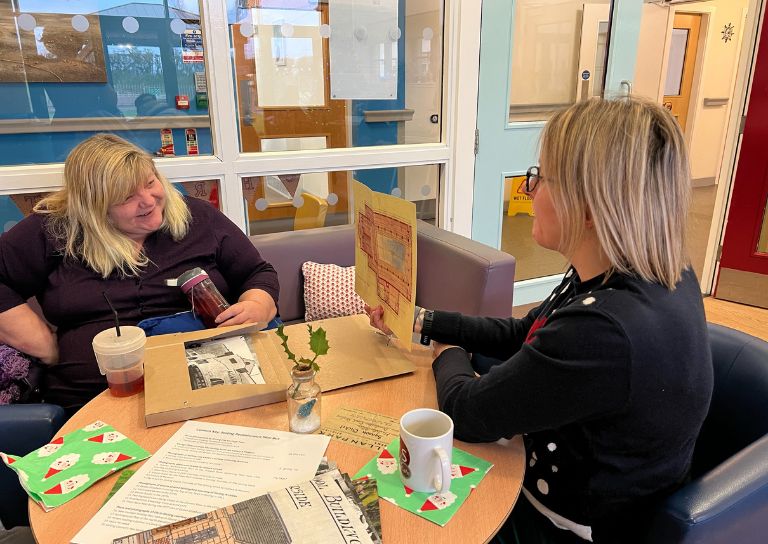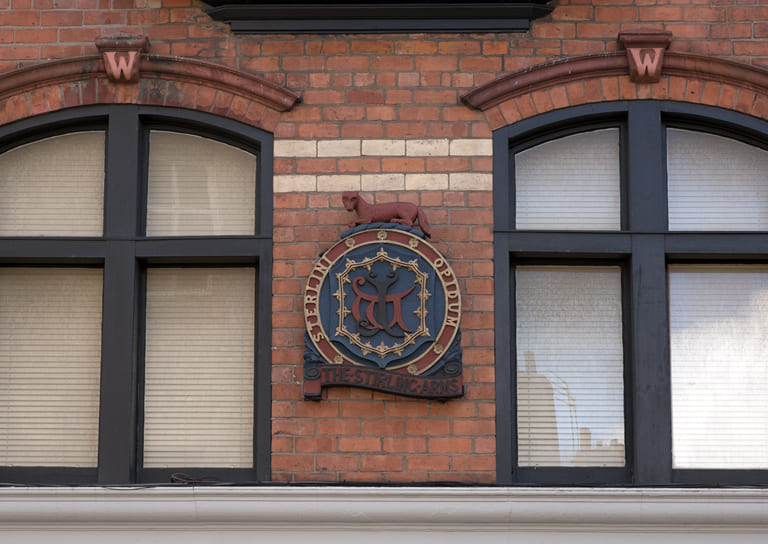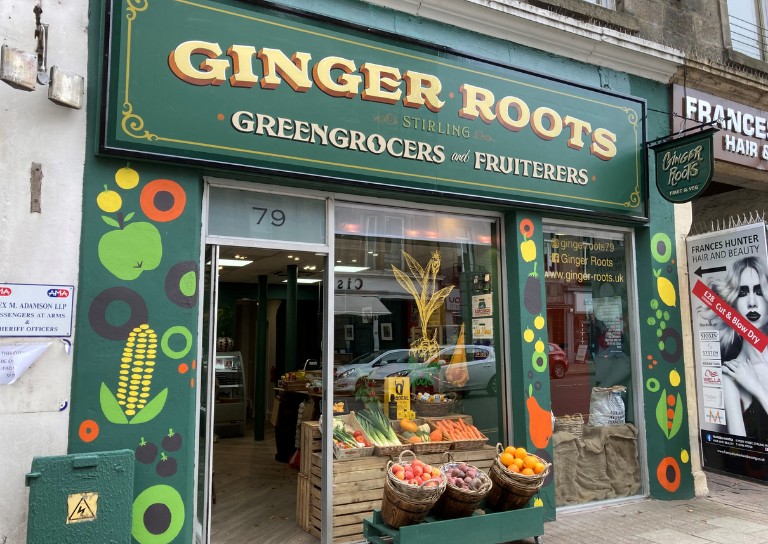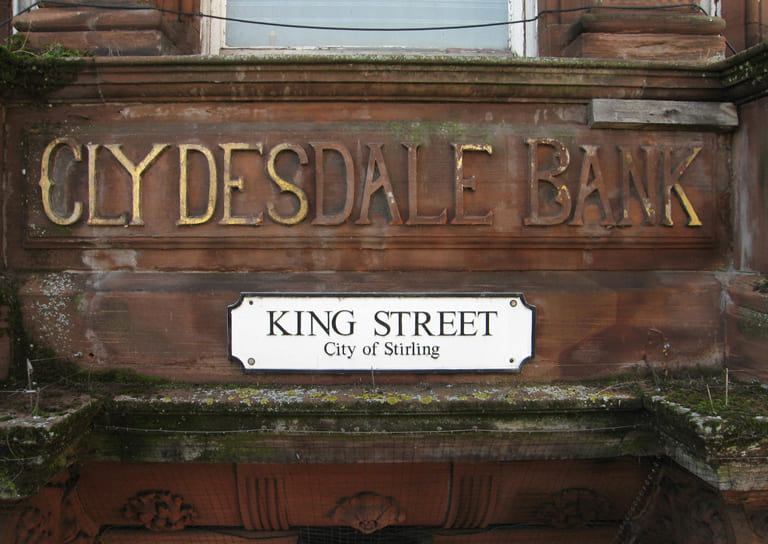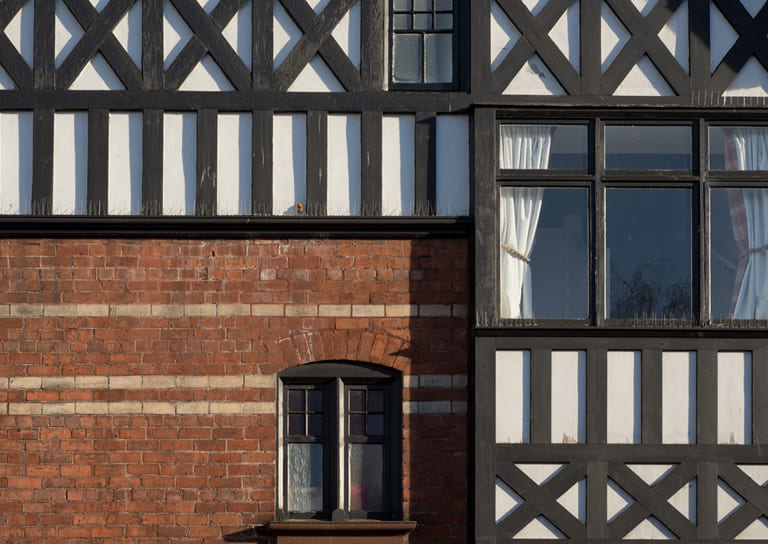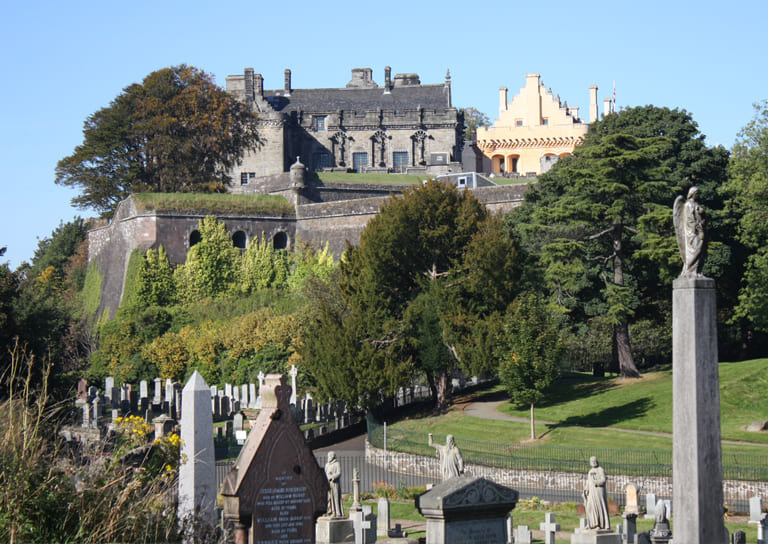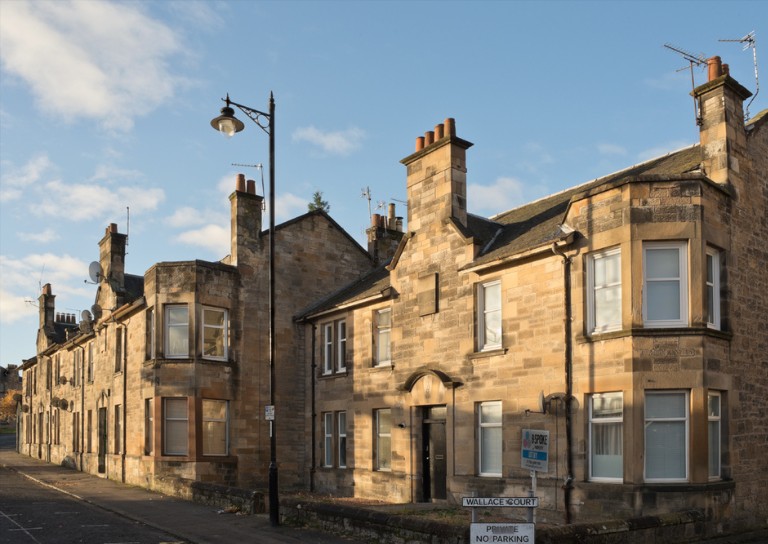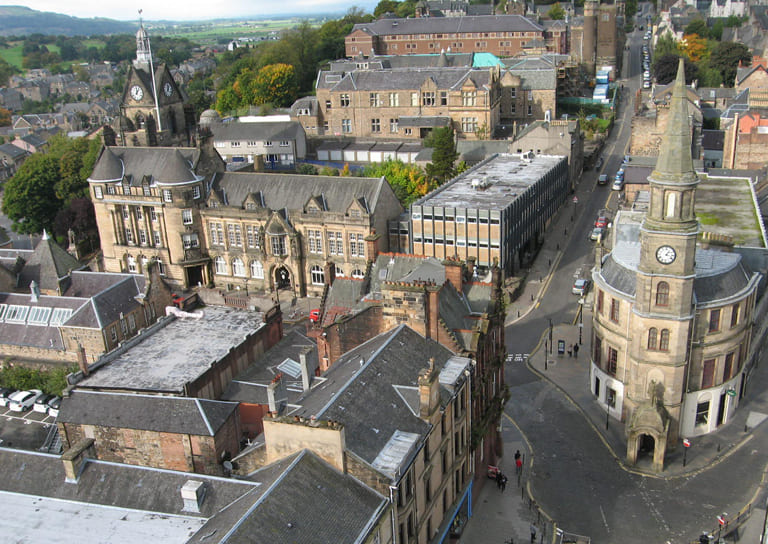- Home
- Our Work
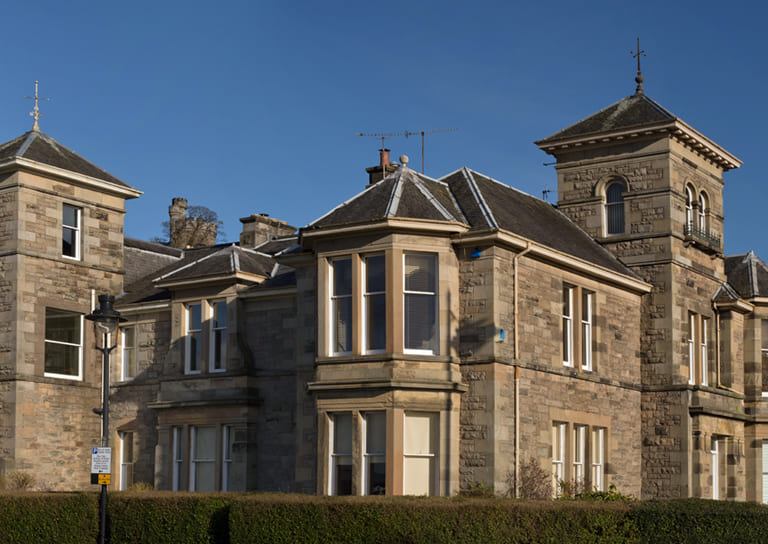
- Stirling's Story
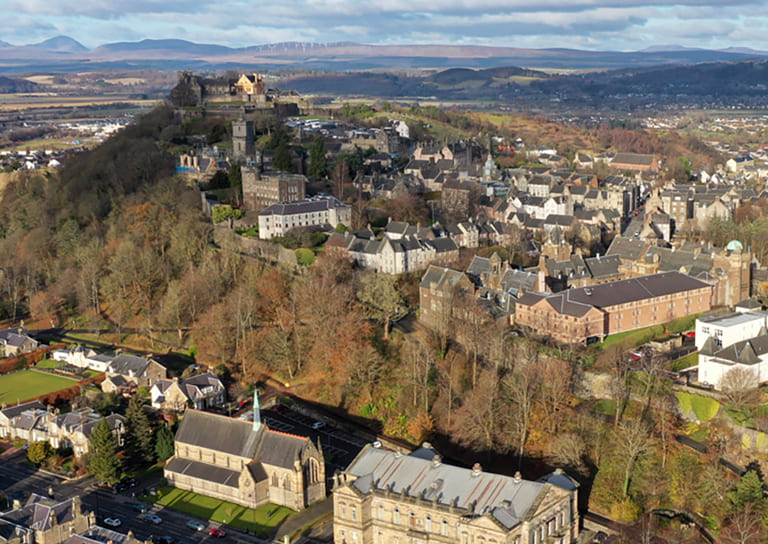
- Blog
- Avenues to the Past: Stirling’s Historic Streets Exhibition
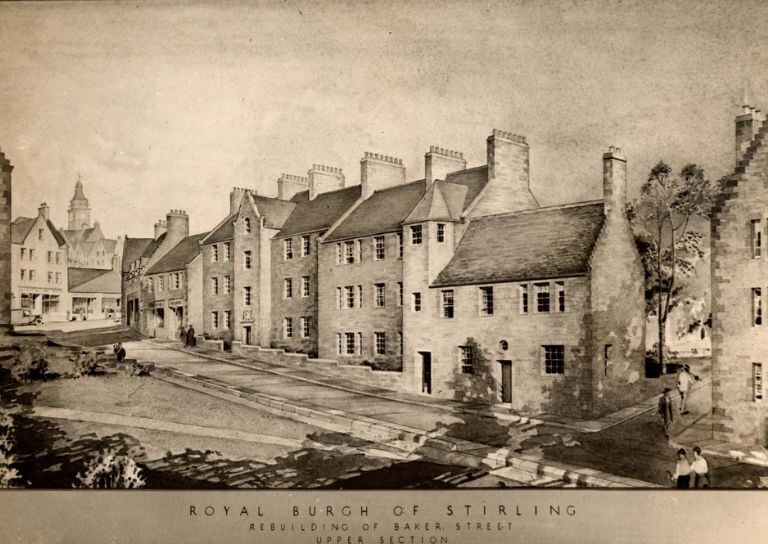
- What is a Conservation Area
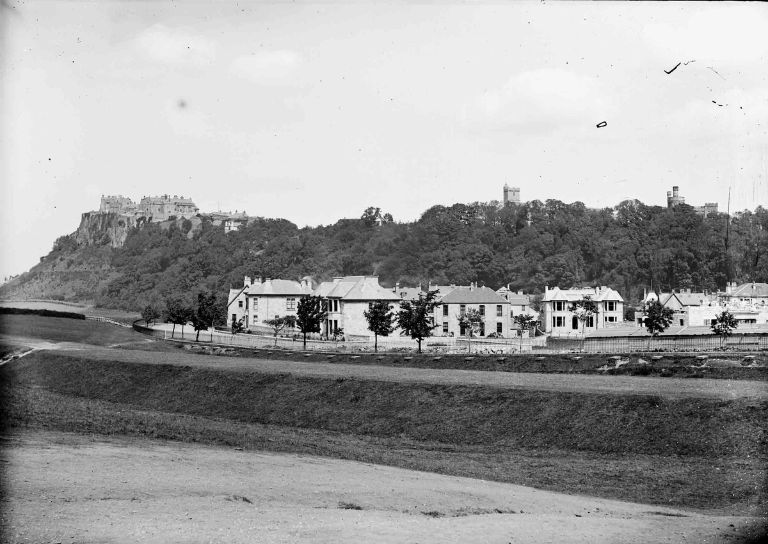
- 20 Great Buildings of Stirling
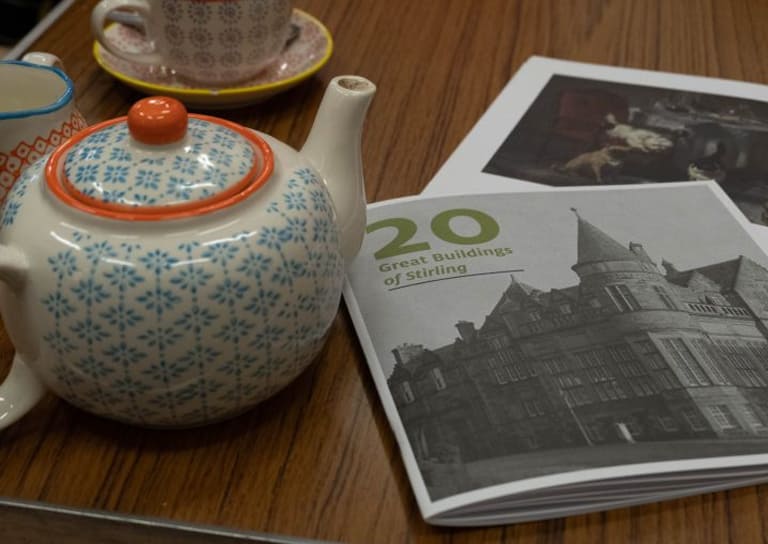
- Reminiscence Art Project
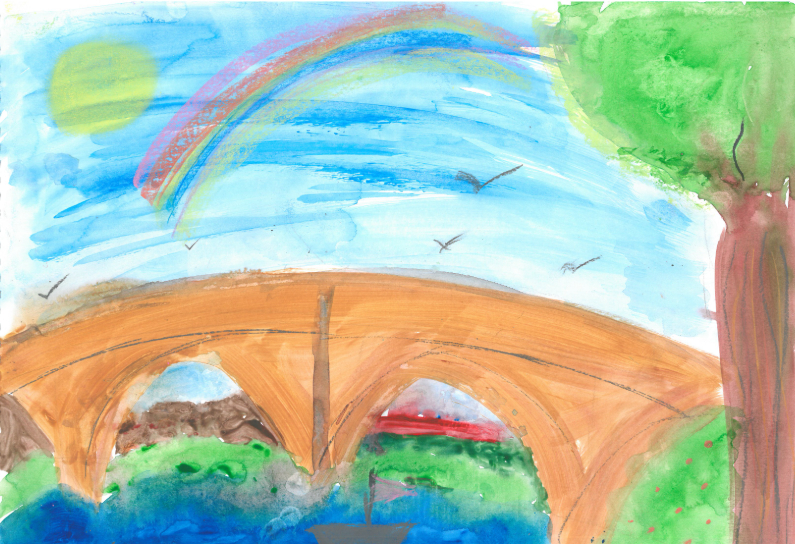
- The Abolition Movement in Stirling
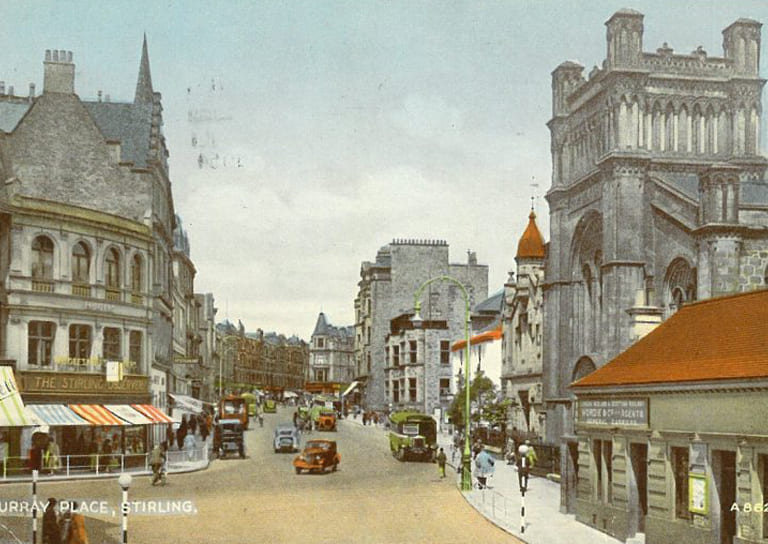
- Walker Family Visit
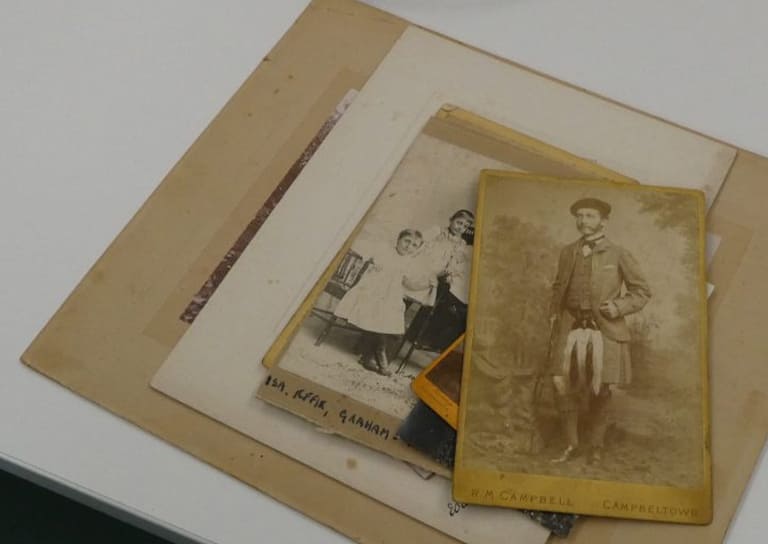
- Ghost Tales from Stirling
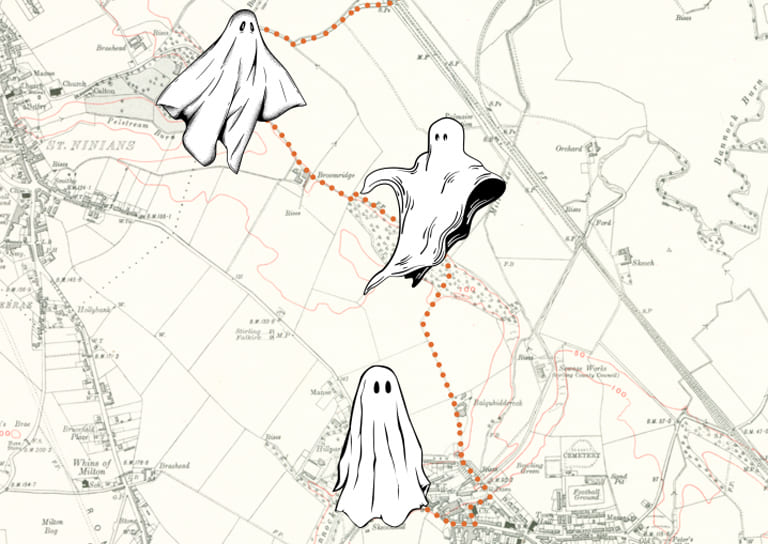
- Snowdon House and The West Indies
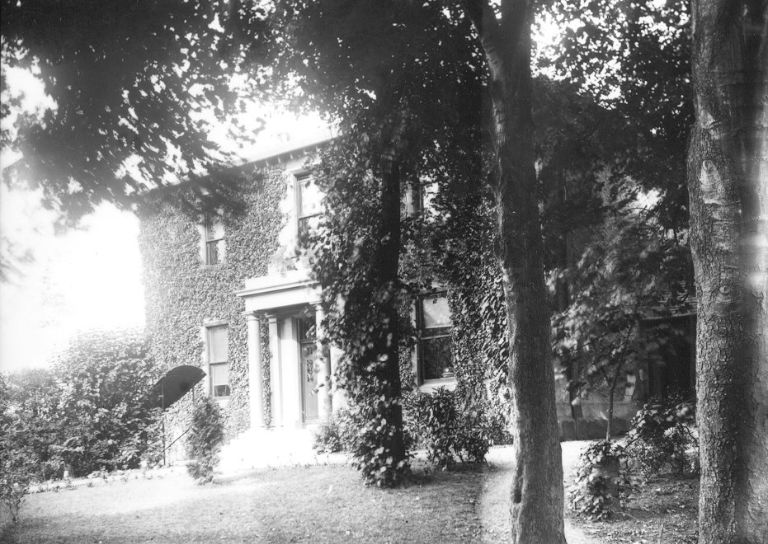
- Stirling’s Streetscape Stories: Photography Workshop
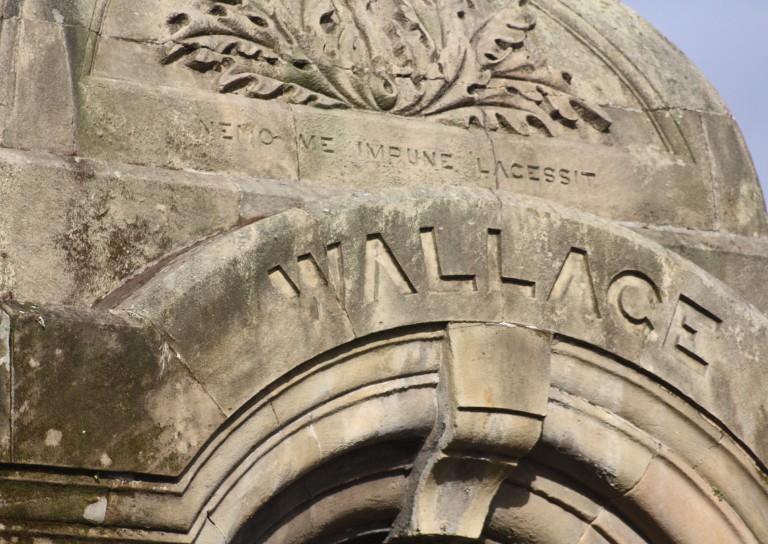
- Stirlingshire’s Highland Games
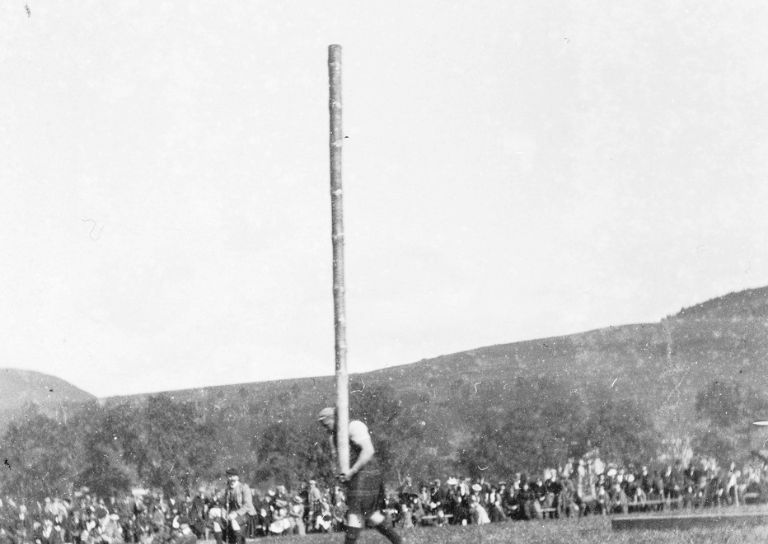
- Creative careers in the heritage sector
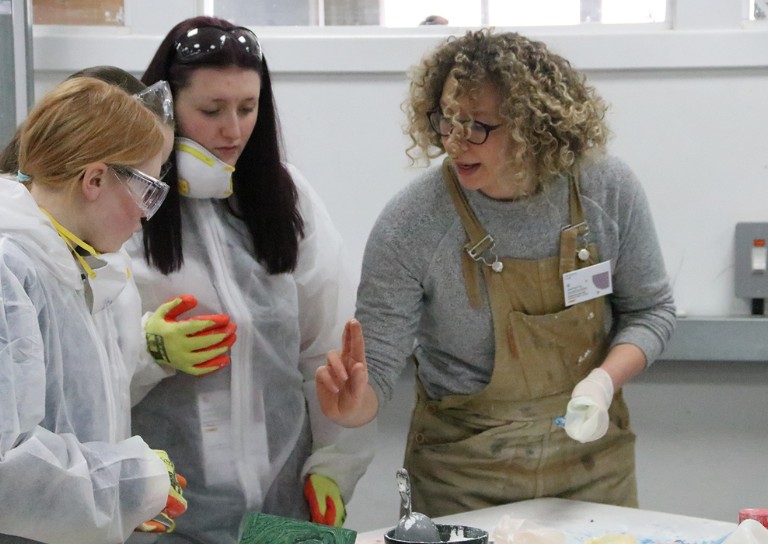
- Postcards From Stirling
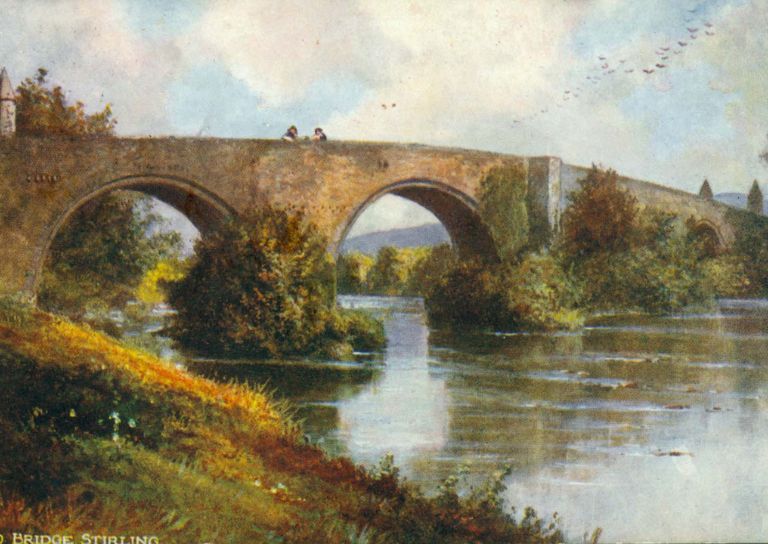
- Stirling’s Gala Days
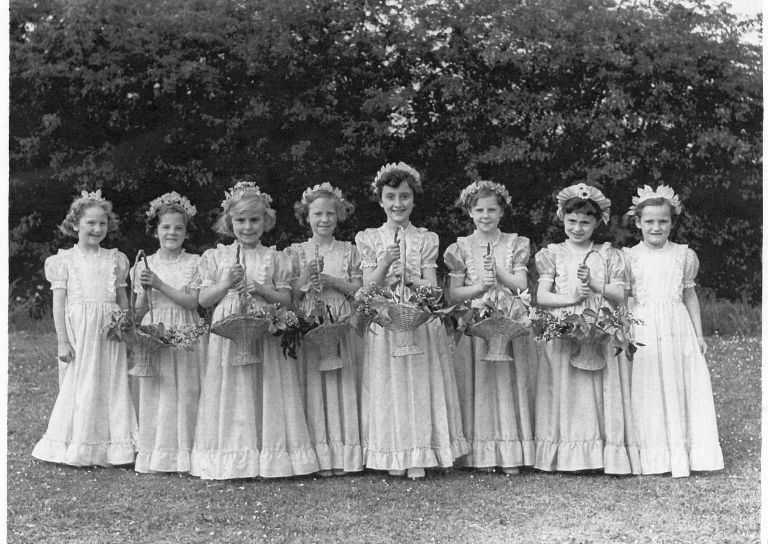
- Building Surveying Student Intern at Stirling City Heritage Trust
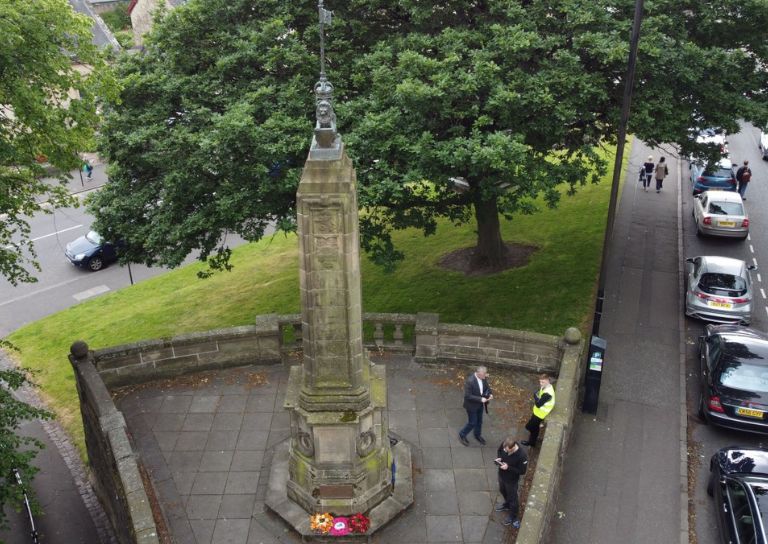
- Heritage Trail: Stirling Walks
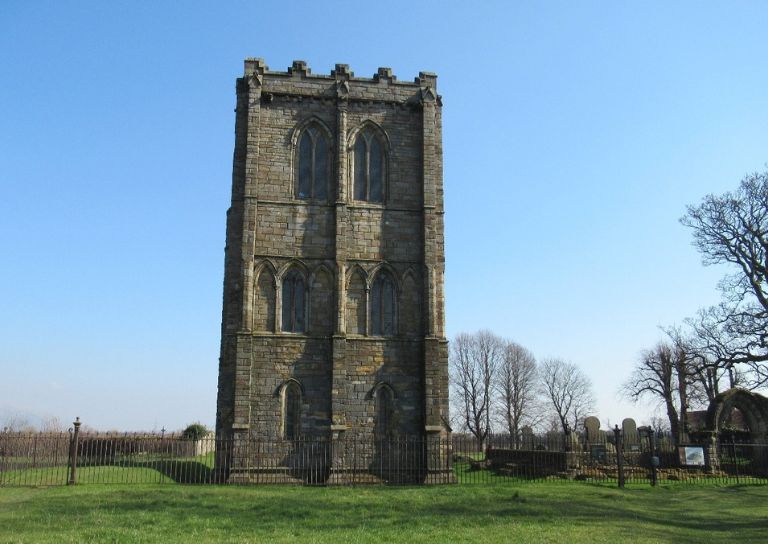
- Local History Resources
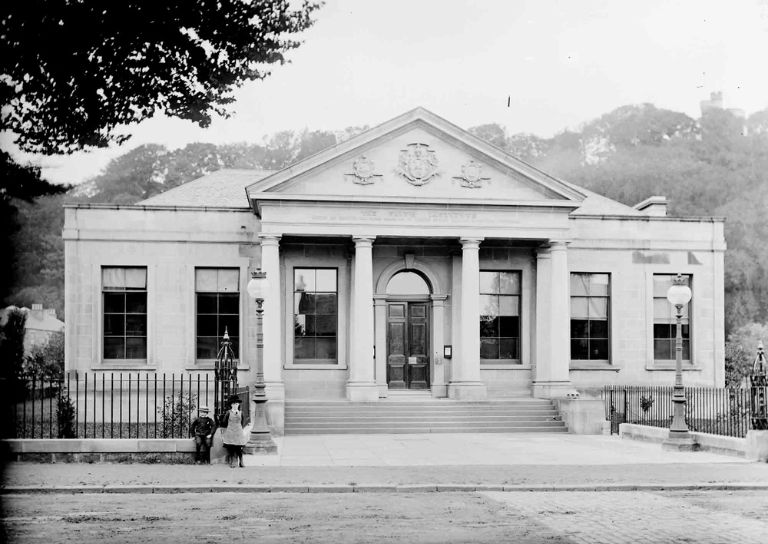
- Stirling Through the Decades
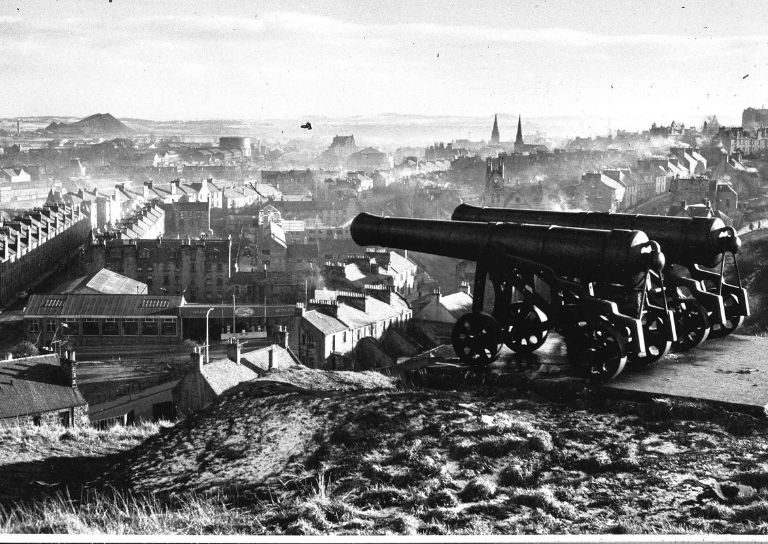
- Stirling’s STEM Pioneers
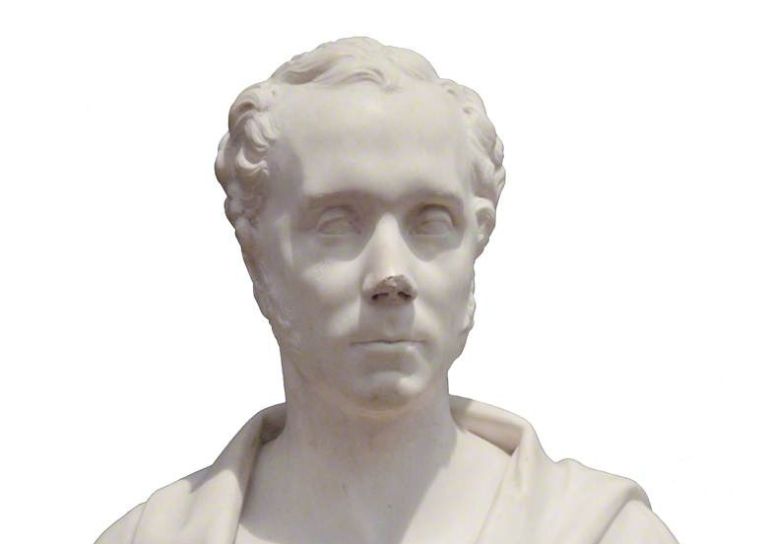
- Traditional Skills: Signwriting
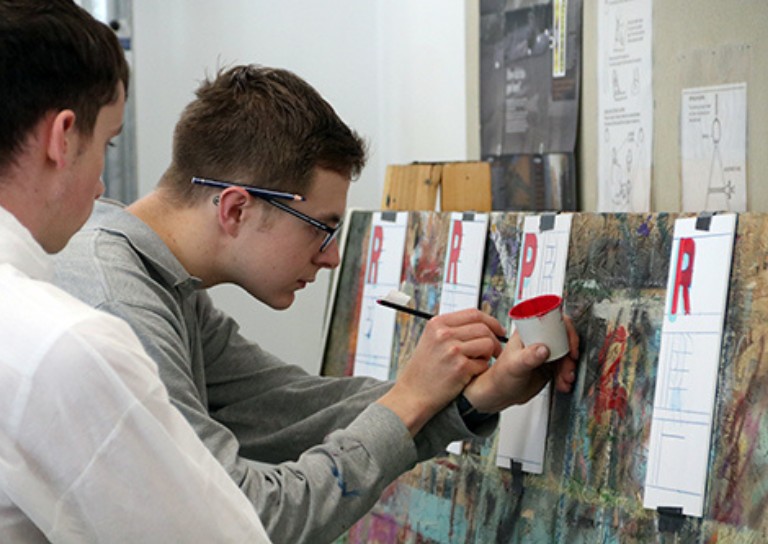
- Christian MacLagan, a pioneering lady, but born too soon?
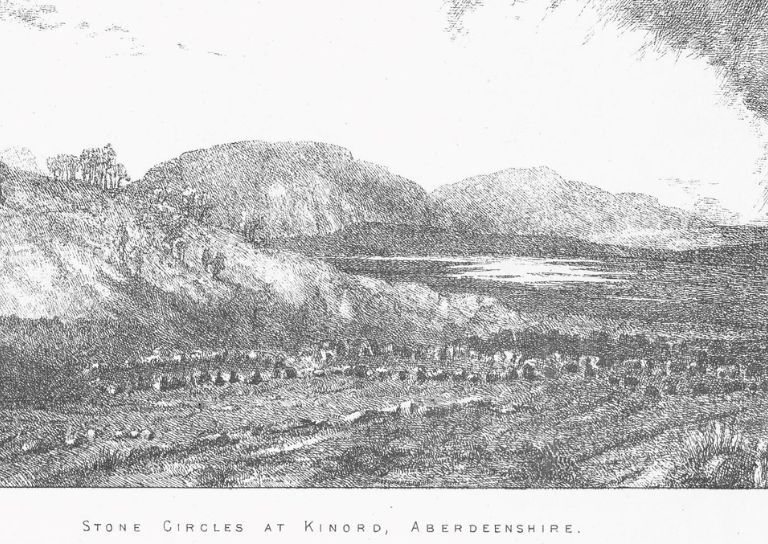
- Traditional Shopfronts in Stirling
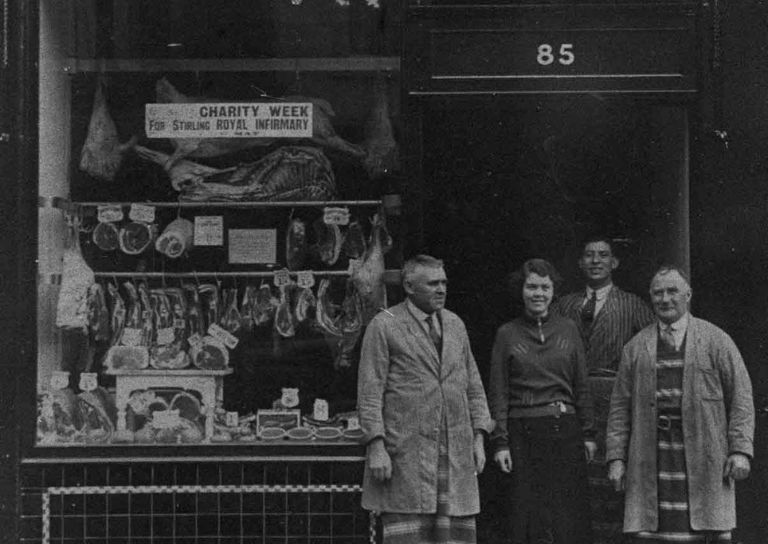
- Stirling History Books for World Book Day
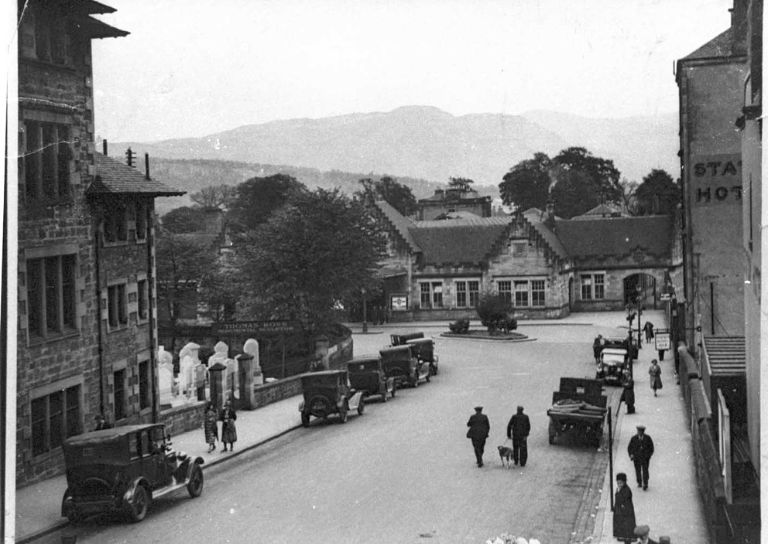
- My Favourite John Allan Building by Joe Hall
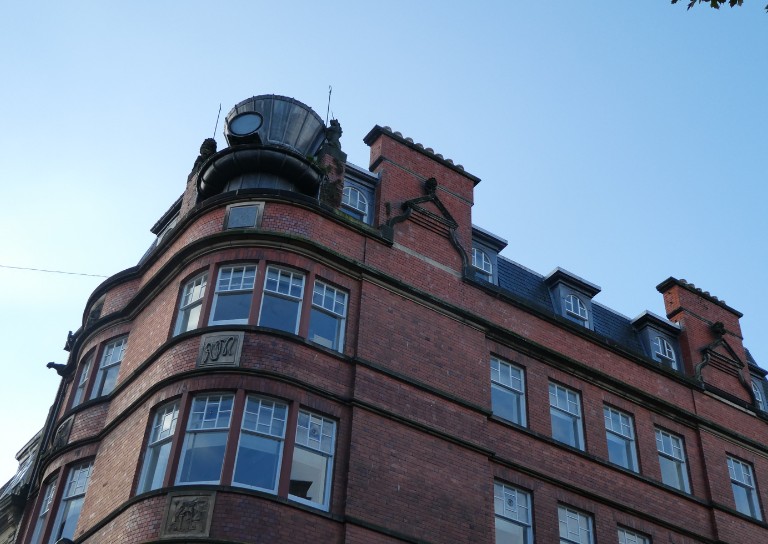
- My Favourite John Allan Building by Lindsay Lennie
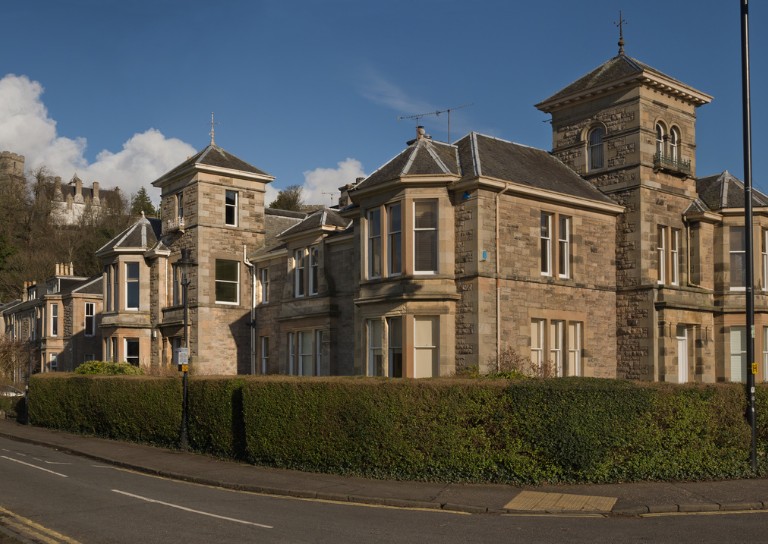
- My Favourite John Allan Building by Andy McEwan
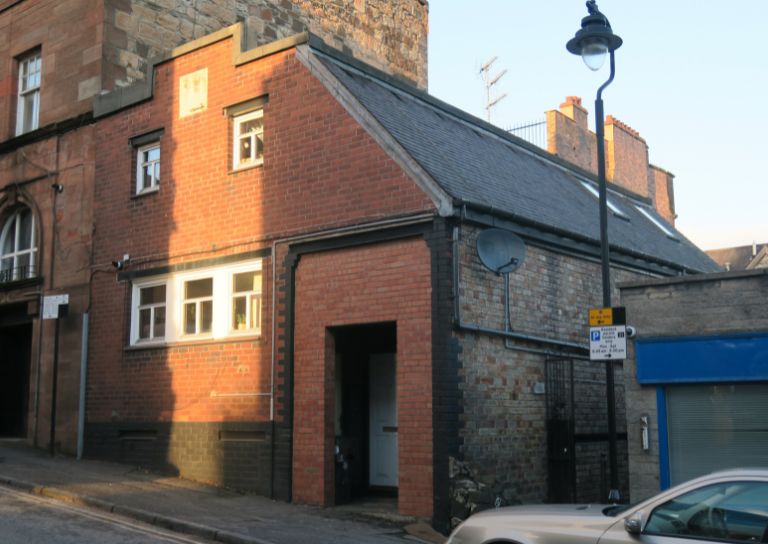
- My Favourite John Allan Building by Pam McNicol
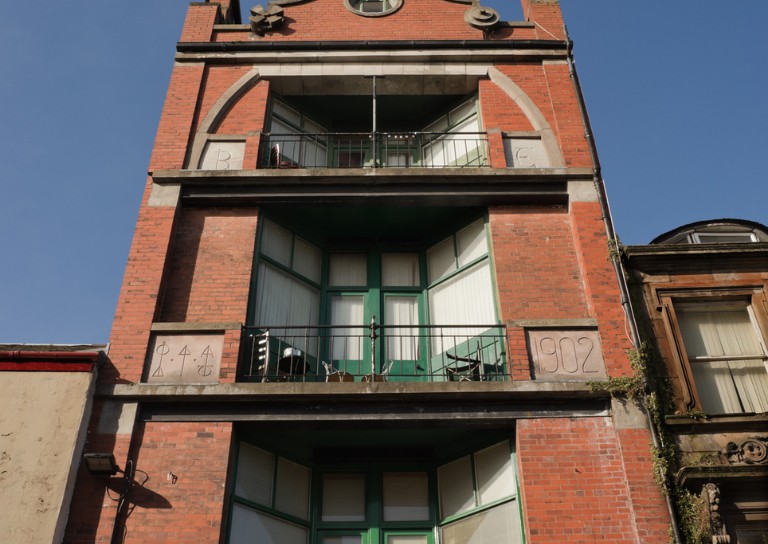
- Celebrating John Allan: A Man of Original Ideas
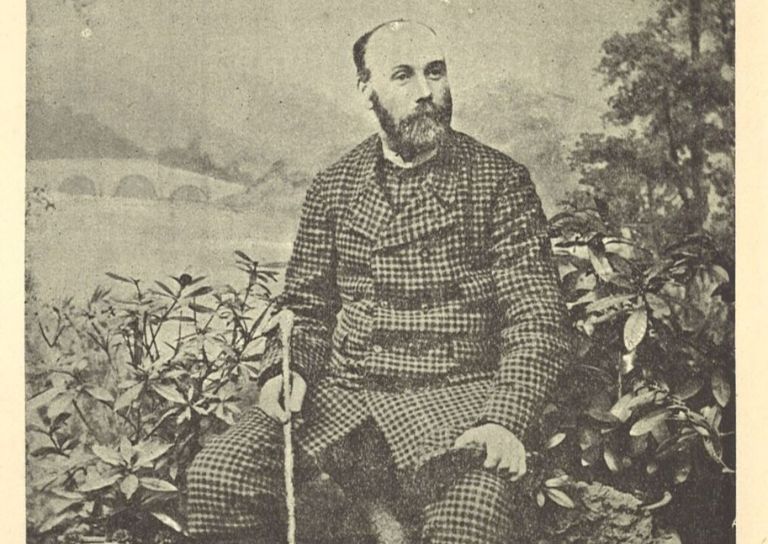
- The Tale of the Stirling Wolf
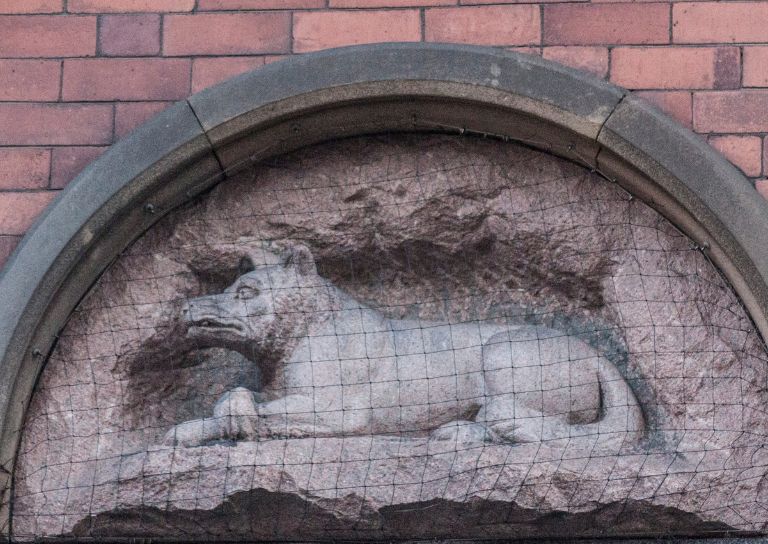
- Stirling: city of culture
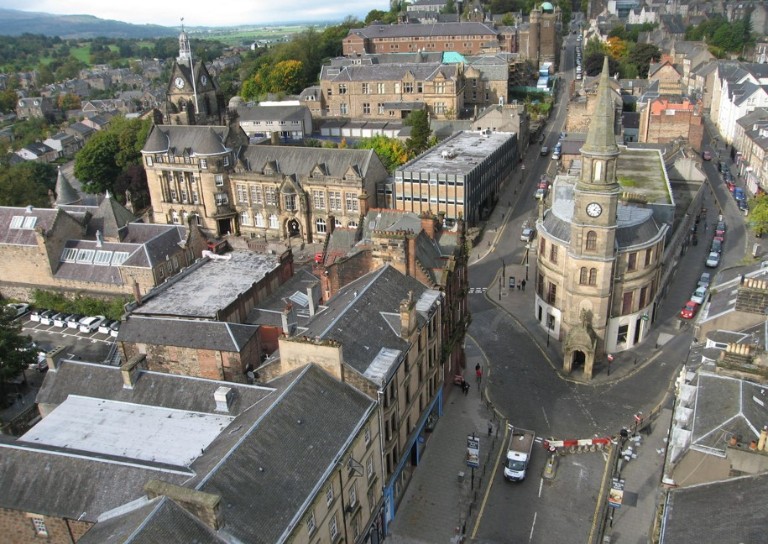
- Christmases Past in Stirling
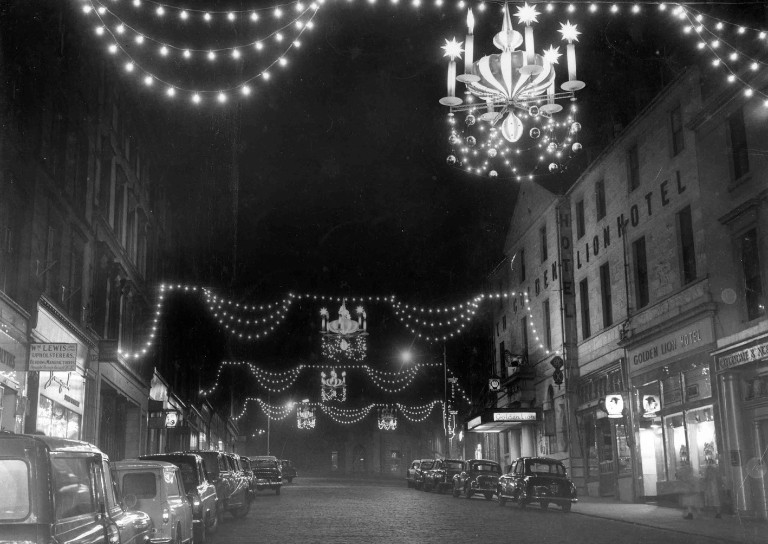
- Stirling’s Historic Graveyards
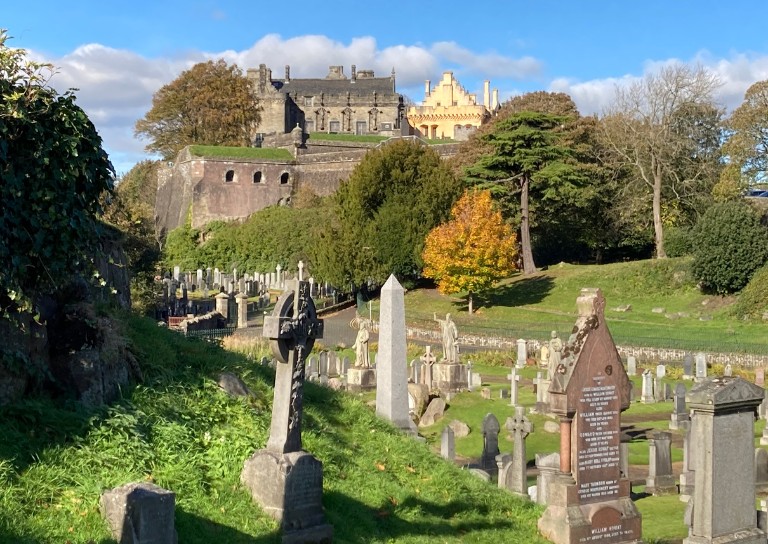
- Top 10 Tips for Architectural Photography
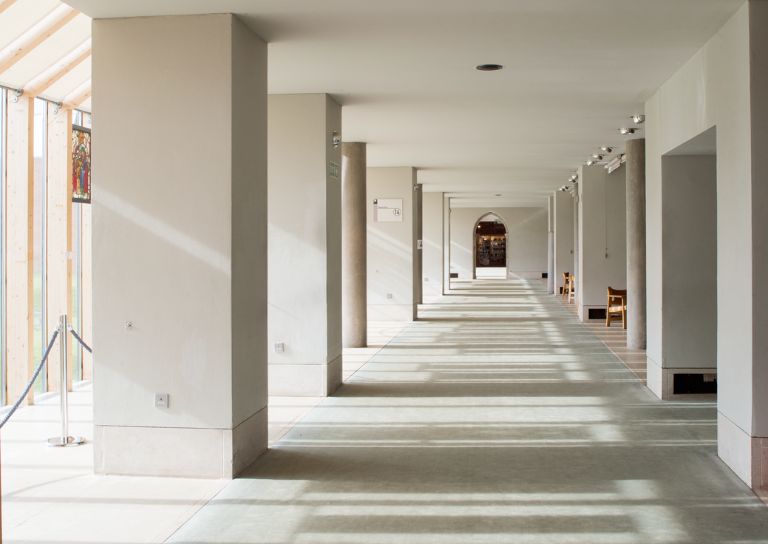
- An Interview with David Galletly
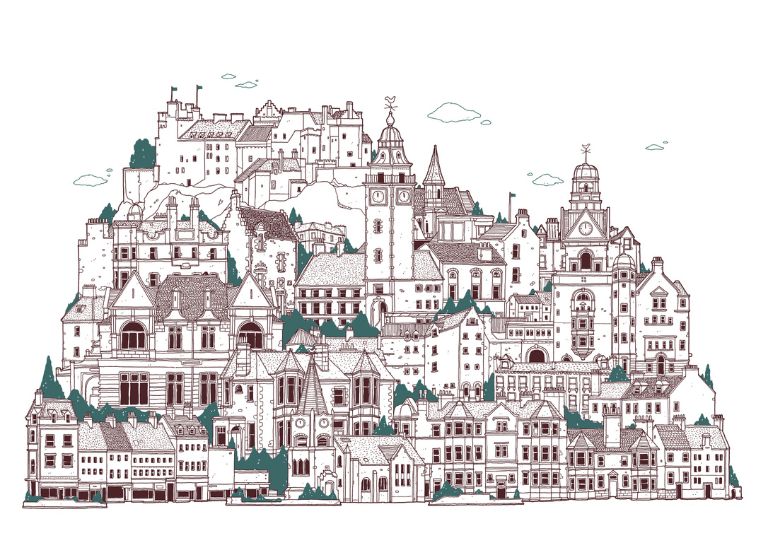
- Springtime in Stirling
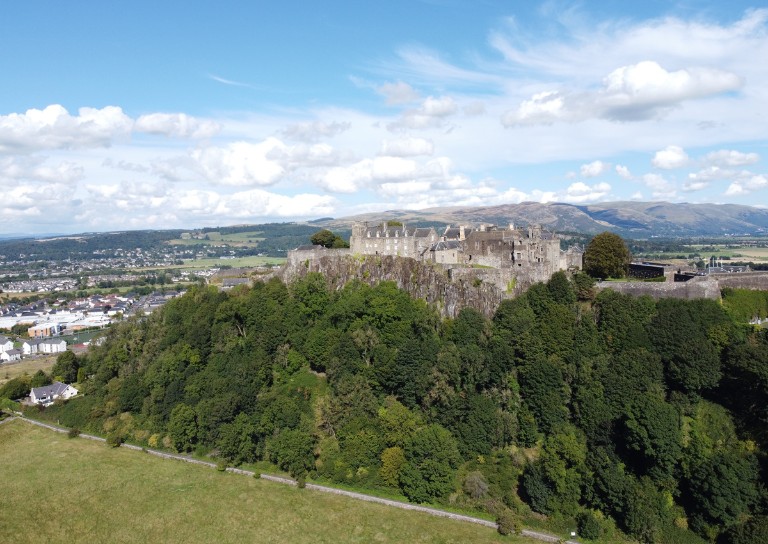
- The Kings Knot – a history
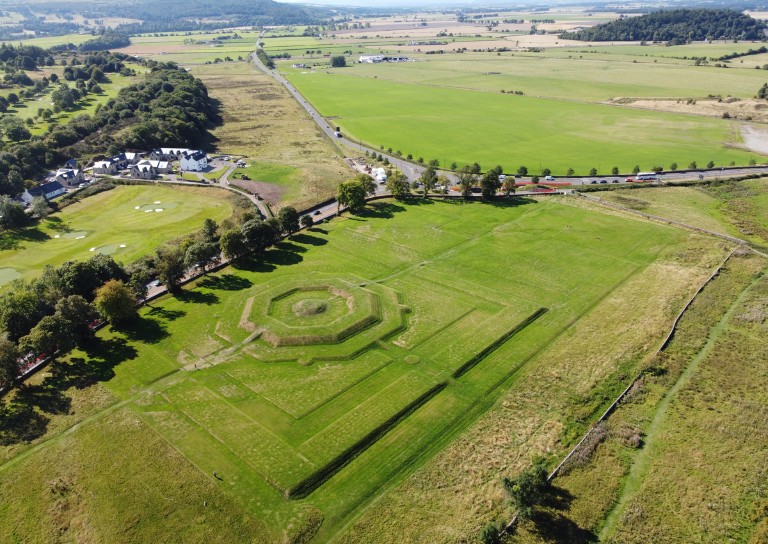
- A Future in Traditional Skills

- Robert Burns’ First Trip to Stirling

- Stirling’s Witches
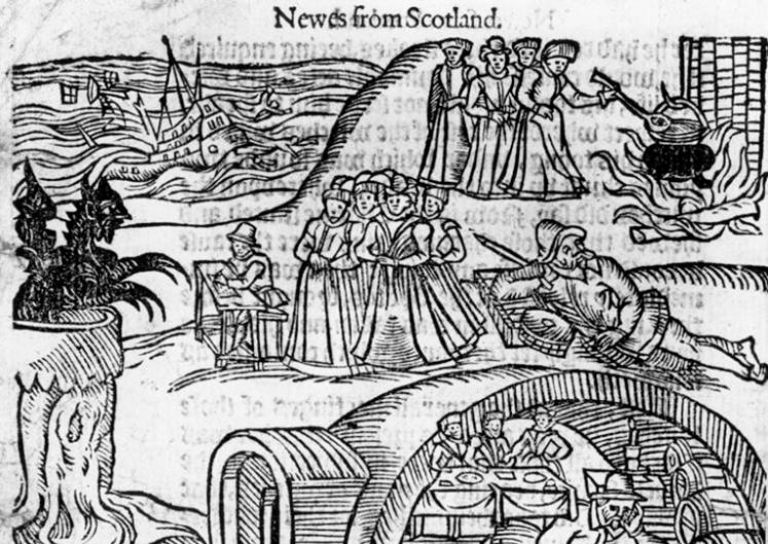
- Stirling’s Ancient Wells
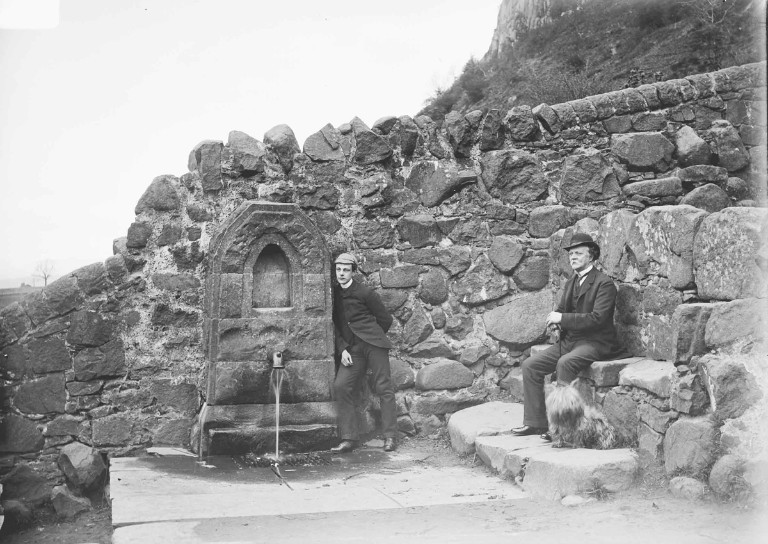
- An architecture student’s take on the City Of Stirling
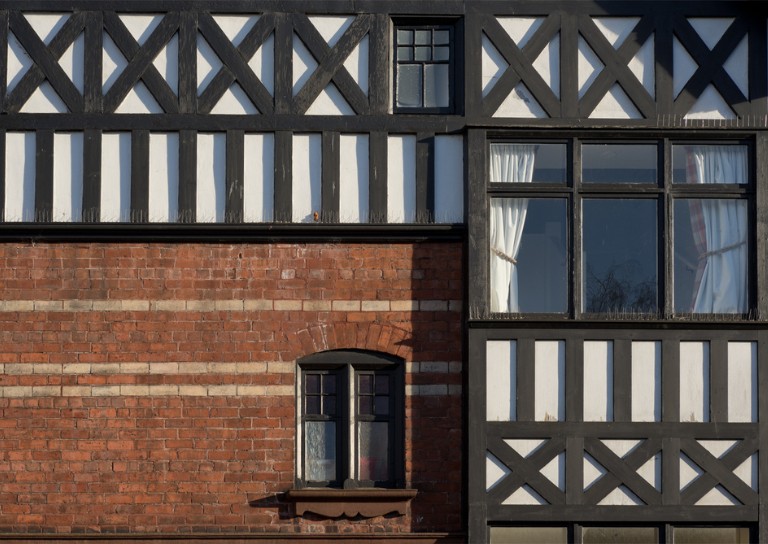
- Ronald Walker: Stirling’s Architect
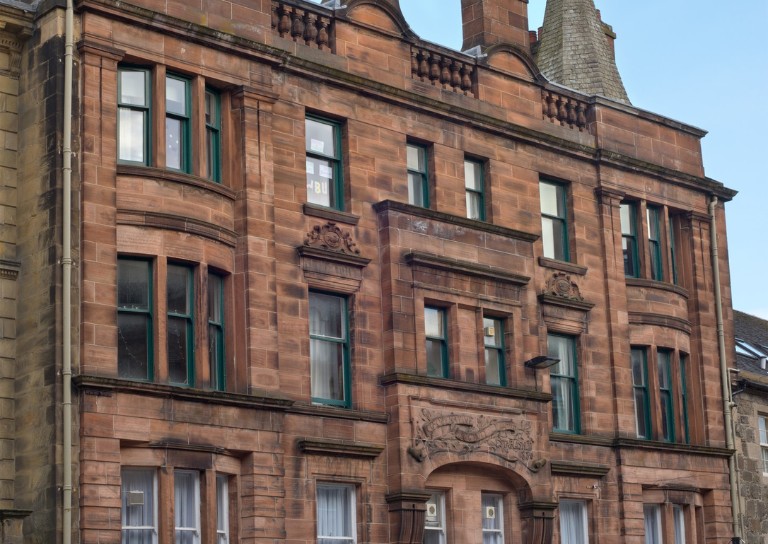
- Stirling’s Statues
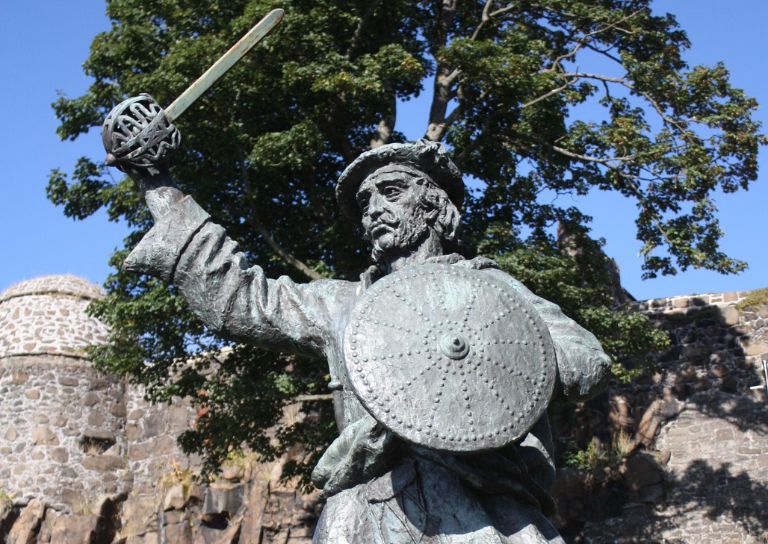
- Stirling’s Wee Bungalow Shops
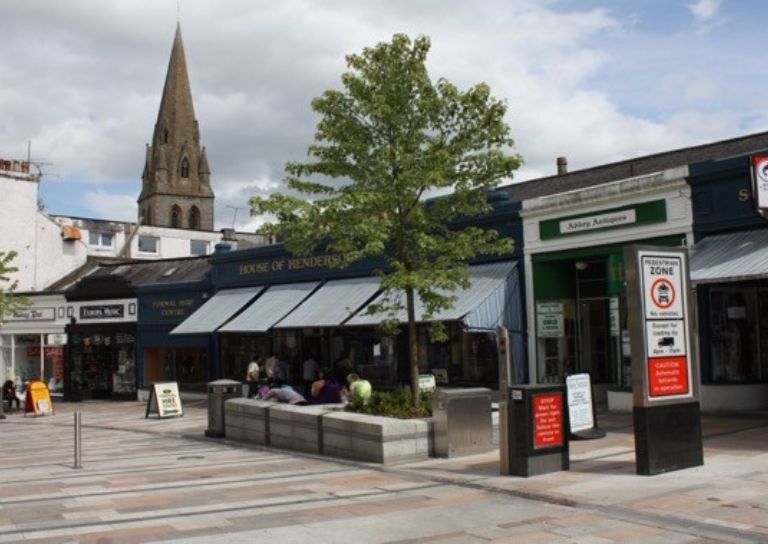
- Stirling’s Historic Hospitals
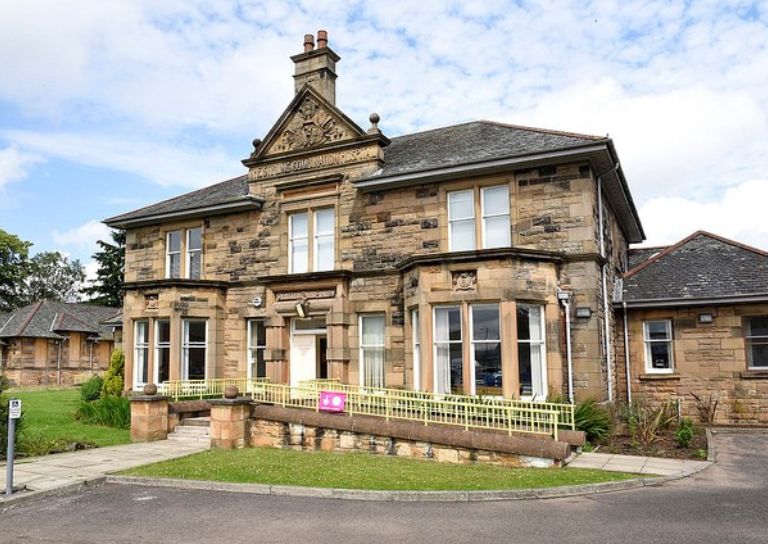
- Women in Digital Innovation and Construction
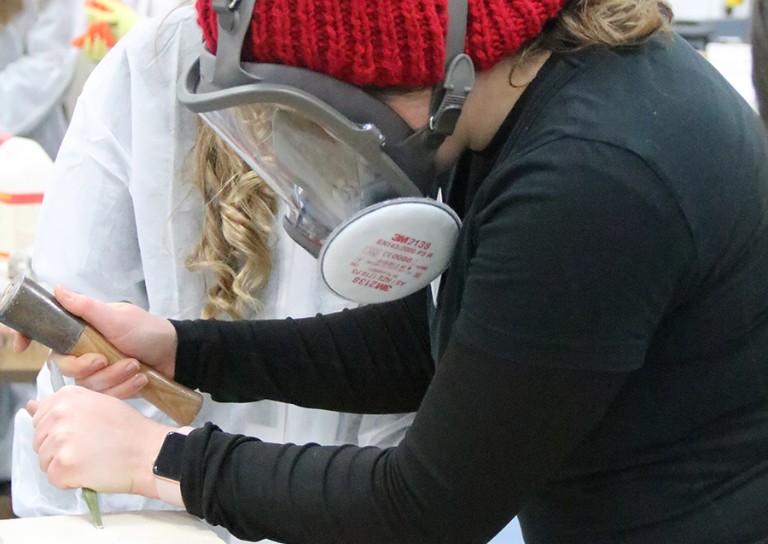
- Heritage at home: 8 of the best online heritage resources
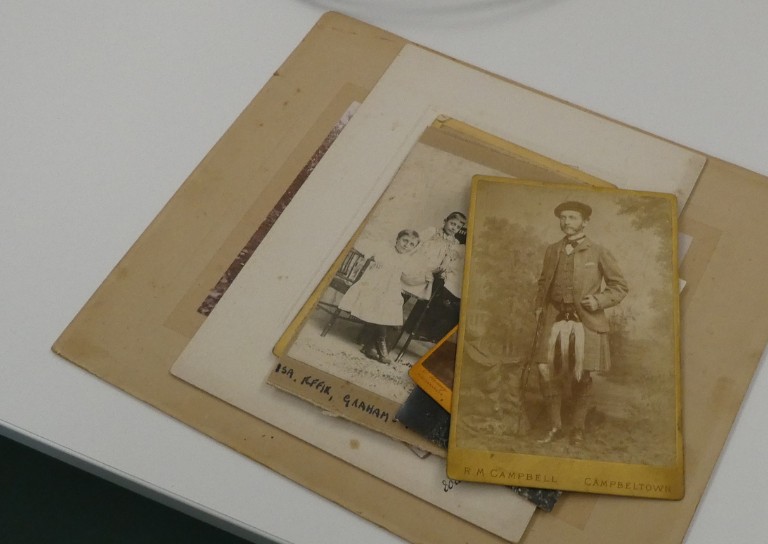
- Stirling featured at virtual heritage conference

- Five of Stirling’s greatest John Allan buildings
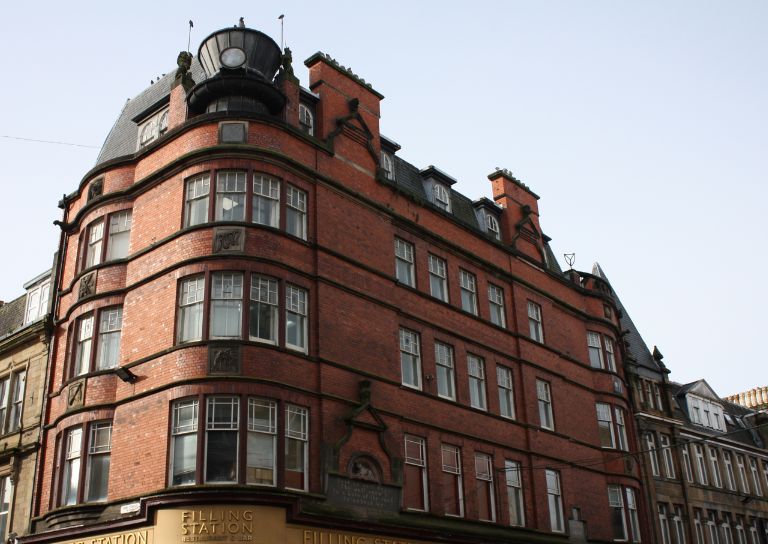
- Women in Construction – Stirling event report

- Scotland’s trailblazing women architects
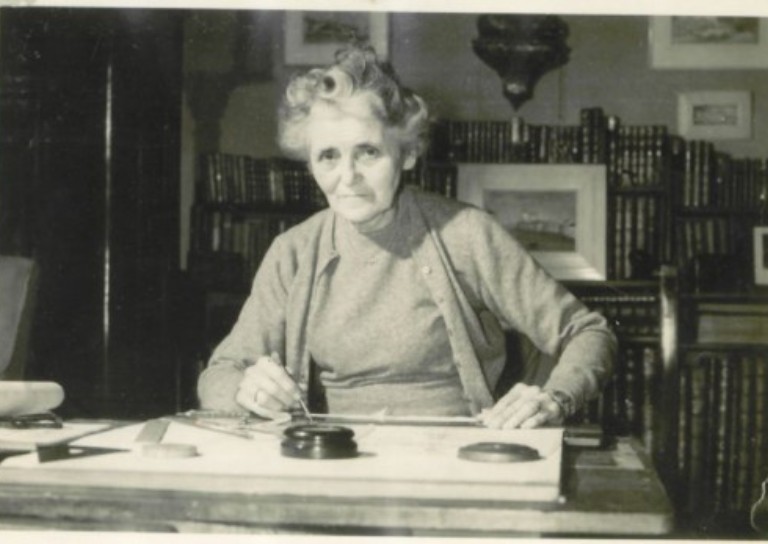
- Stirling’s Heritage: Spotlight on The Granary
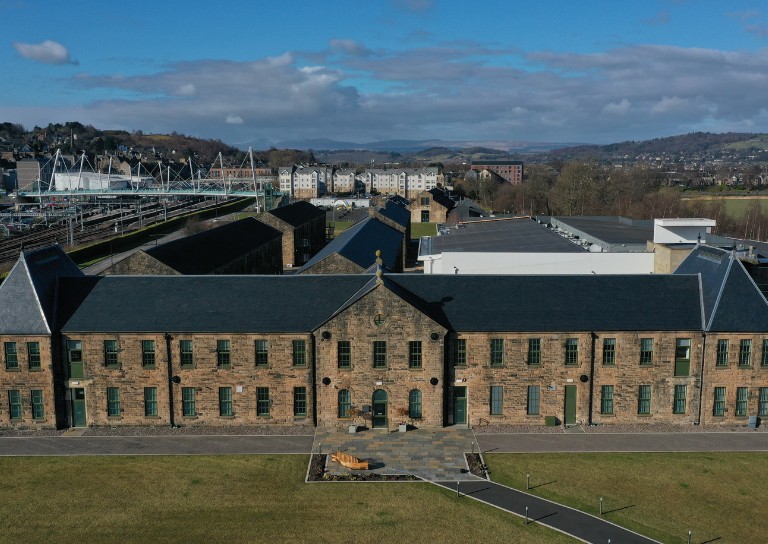
- TBHC Scheme now open to properties in Dunblane and Blairlogie
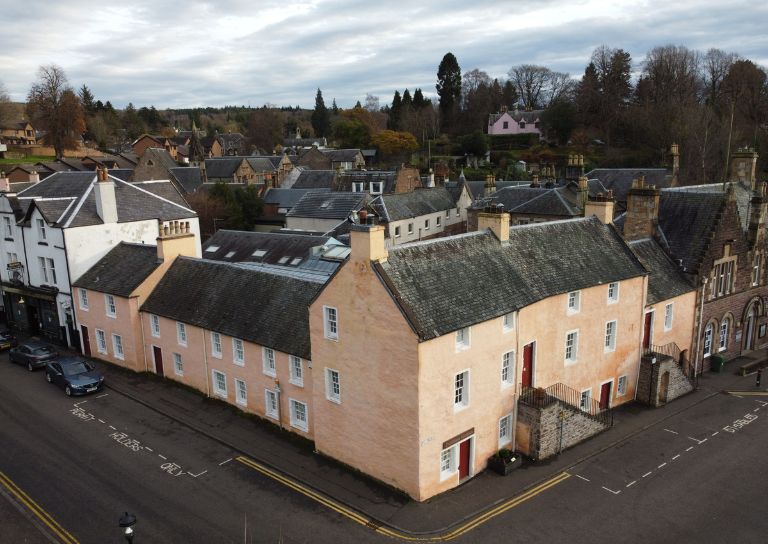
- How drones help us inspect traditional buildings

- Hazardous Masonry & Masonry Falls
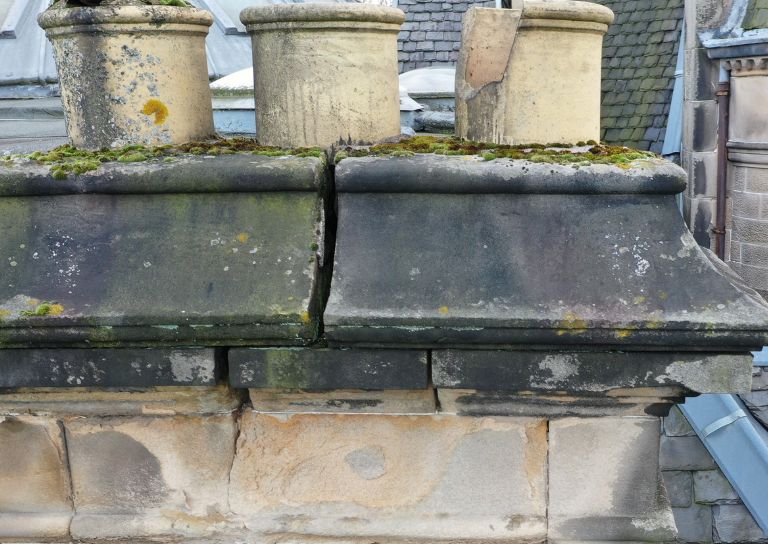
- Mason Bees: What’s the Buzz?
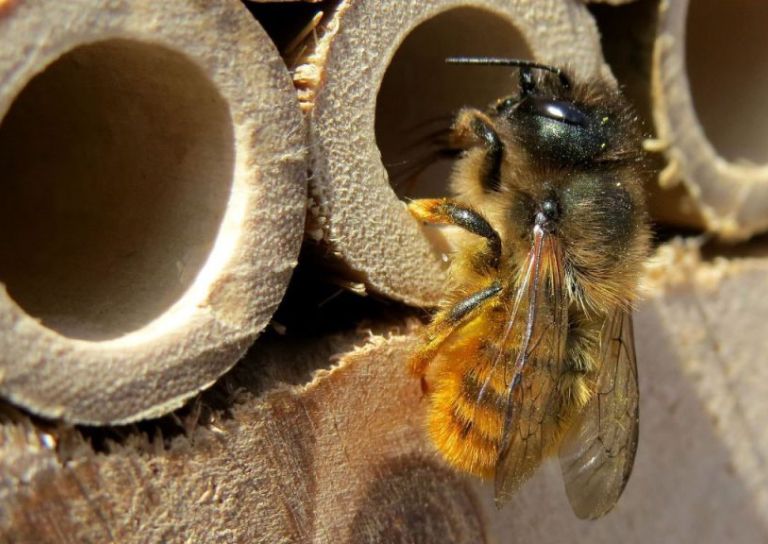
- Stirling Traditional Skills Demonstration Day Success!
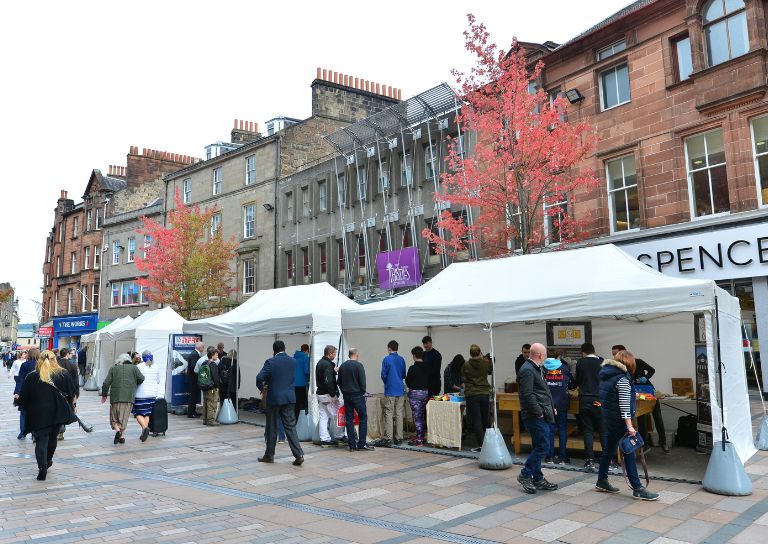
- Floating Head Sculpture at Garden Glasgow Festival 1988
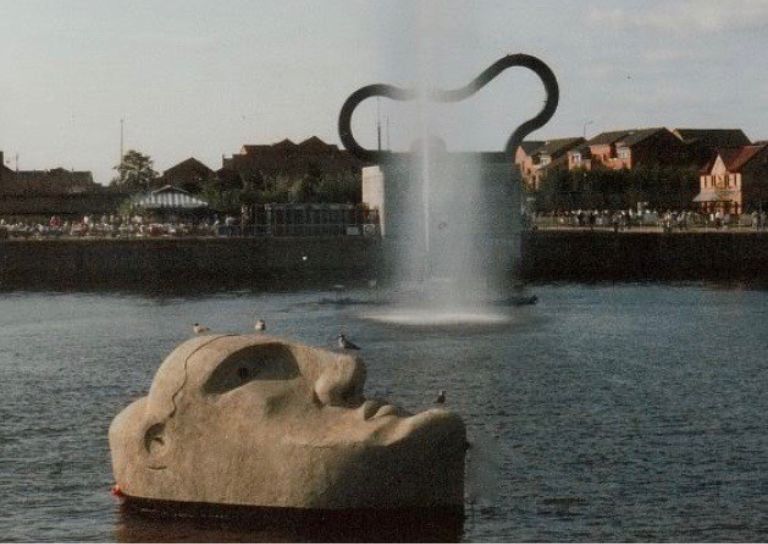
- The story behind Paisley Abbey’s Alien gargoyle
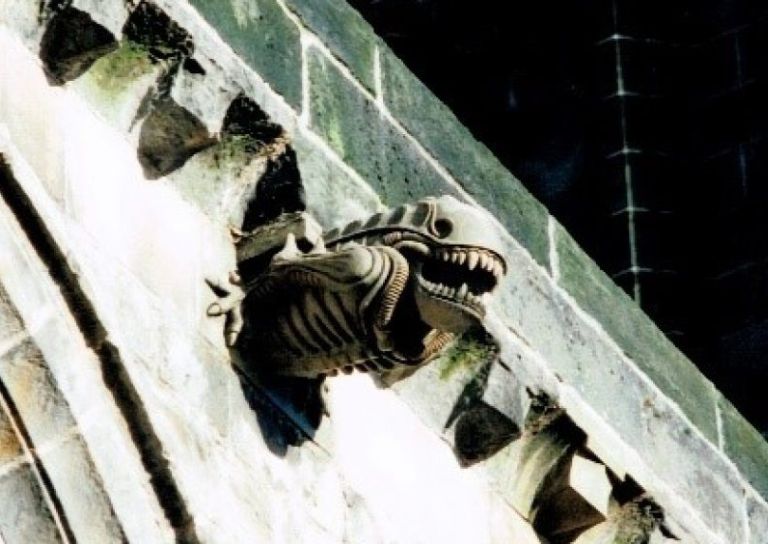
- Cambuskenneth Abbey

- Stirling City Heritage Trust Publications

- Sharing Memories: Taking '20 Great Buildings of Stirling' into the community

- William Wallace Statues In Stirling
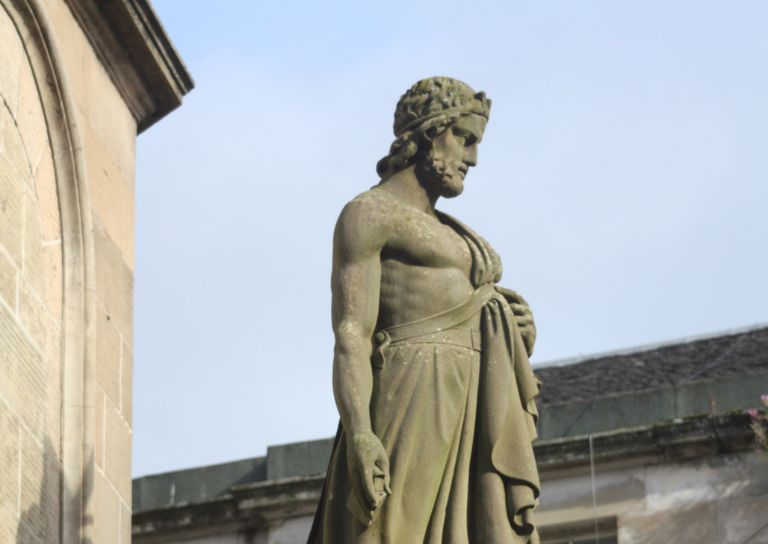
- Coronations and Royal Christenings in Stirling
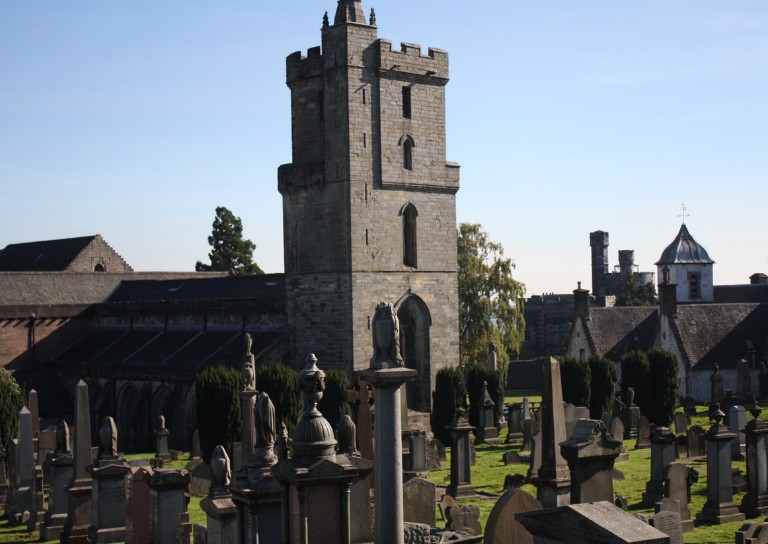
- The development of King's Park
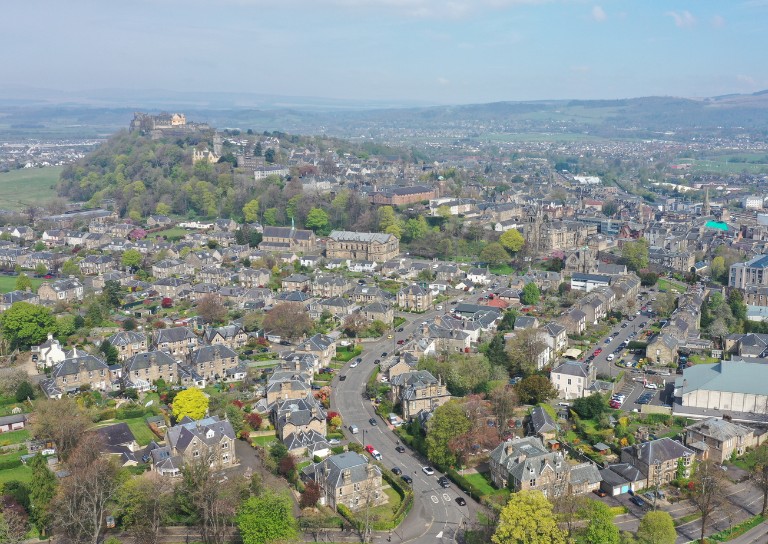
- Energy efficiency project awarded grant from Shared Prosperity Fund
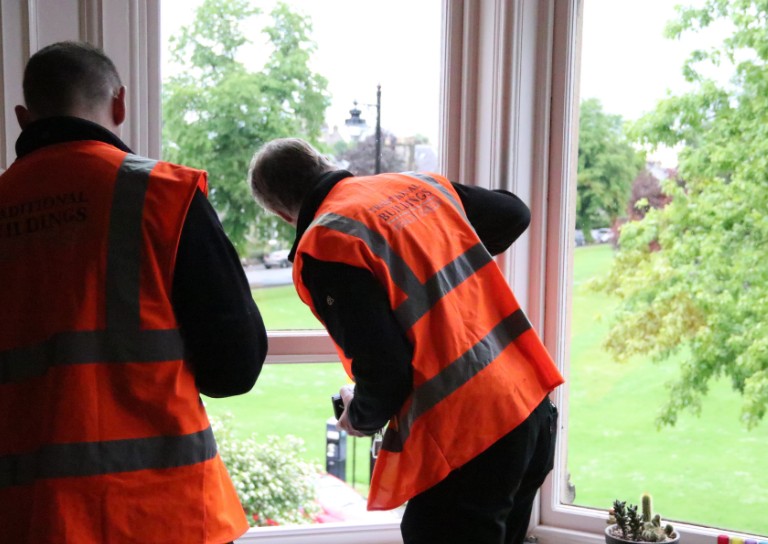
- Inspiring the Future: Stirling City Heritage Trust's Women in Construction Event at Wallace High
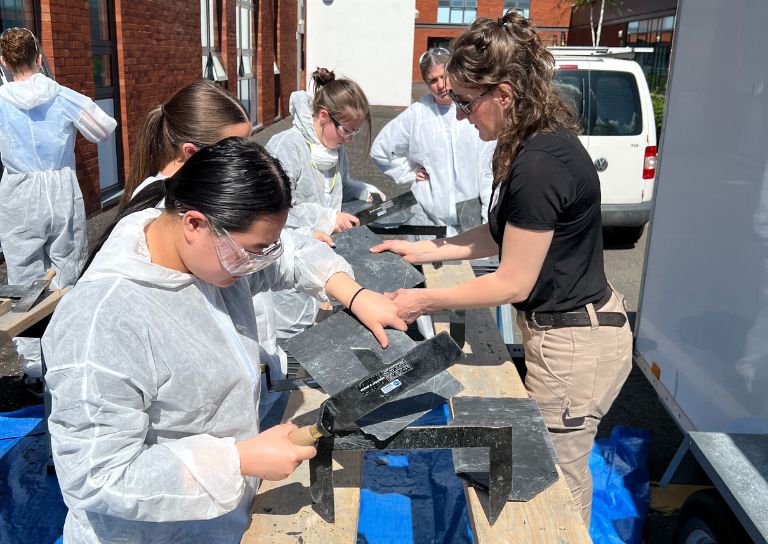
- Doors Open Days Talk: Who Built Stirling?
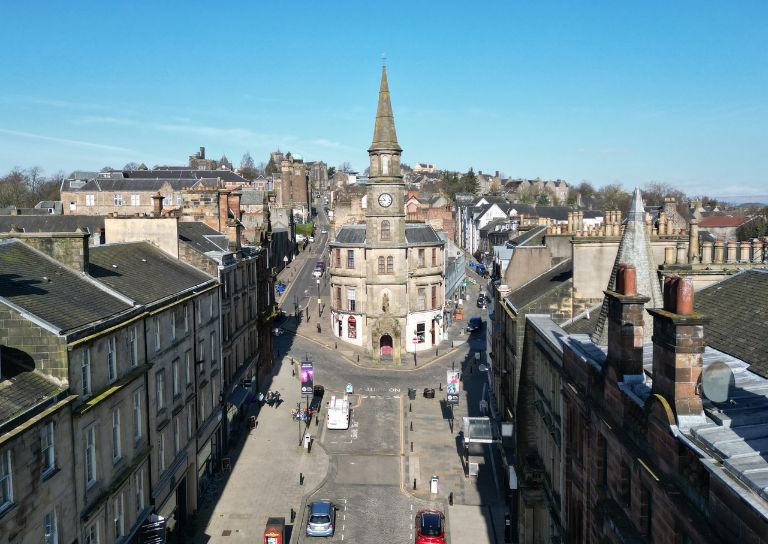
- 10 Years of the Traditional Buildings Health Check

- Growing up in Stirling: A Night of Reminiscence at The Smith
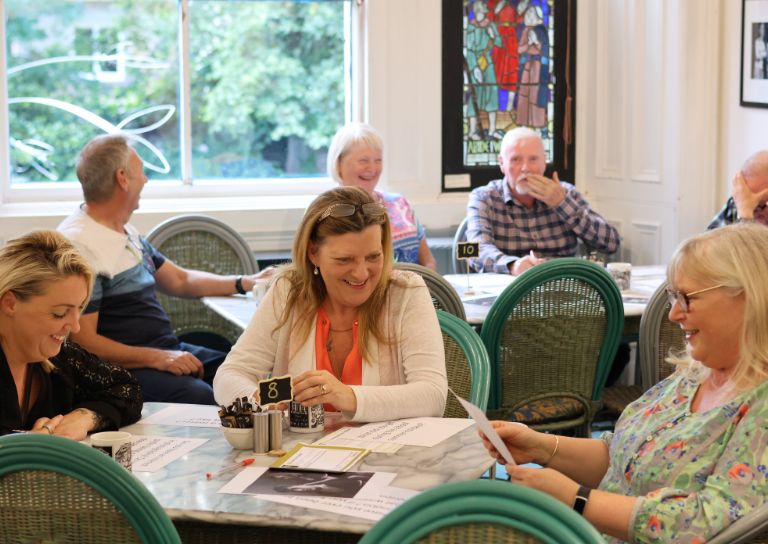
- SCHT visit to Brucefield Estate, Forestmill, Clackmannanshire
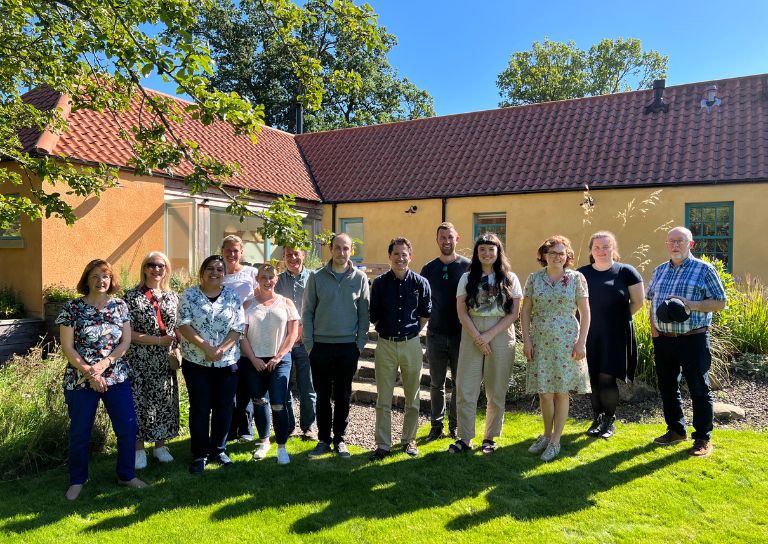
- Statement on Christie Clock
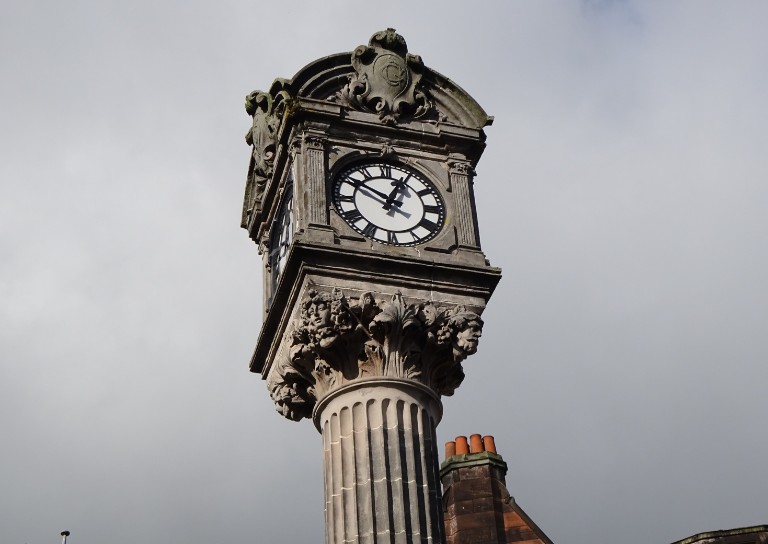
- Stirling’s Lost Skating Heritage
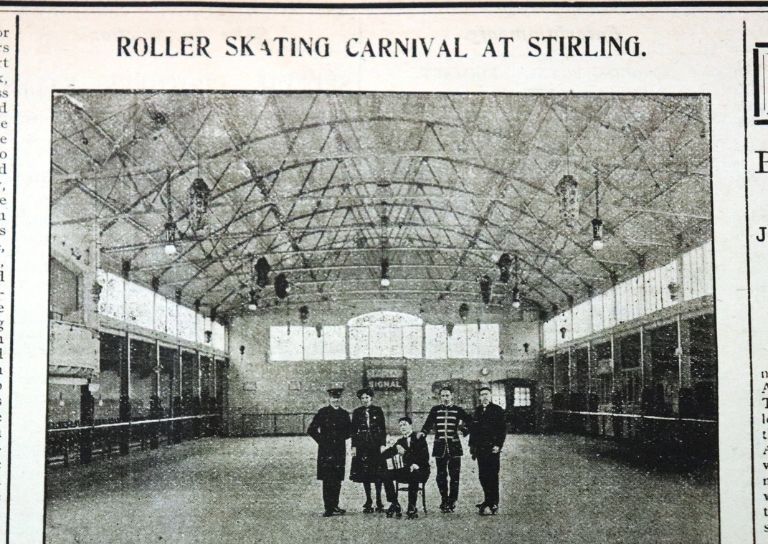
- Laurelhill House and the West Indies
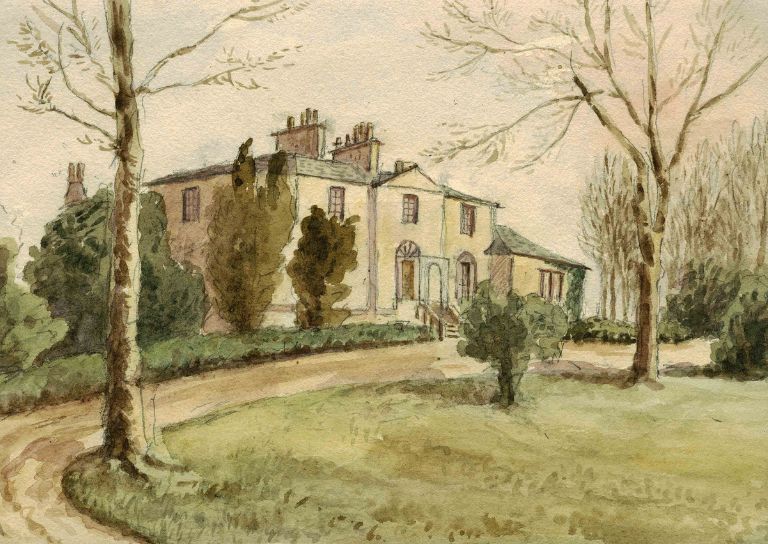
- Beechwood House and the Transatlantic Slave Trade
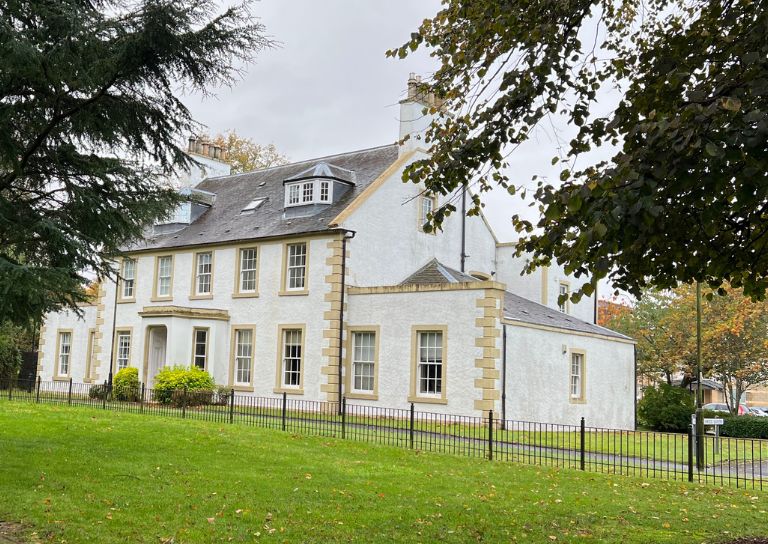
- Retrofitting Traditional Buildings
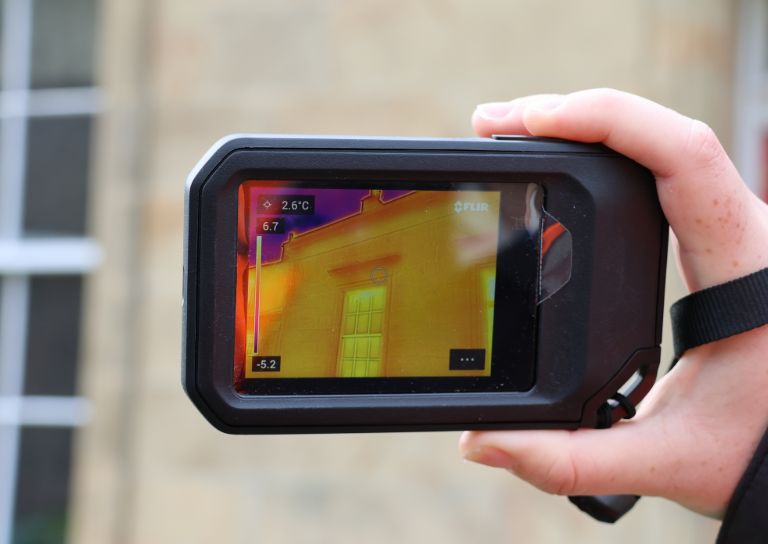
- Building Resilience: Maintaining Traditional Buildings
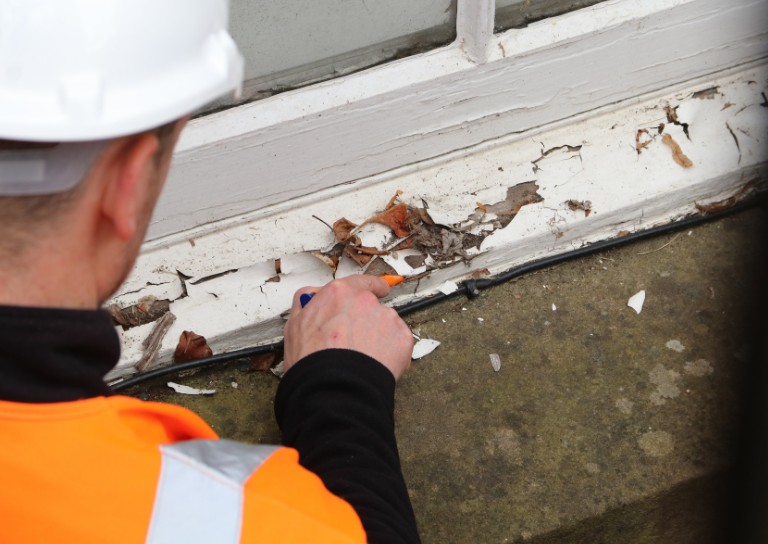
- Shopping Arcades
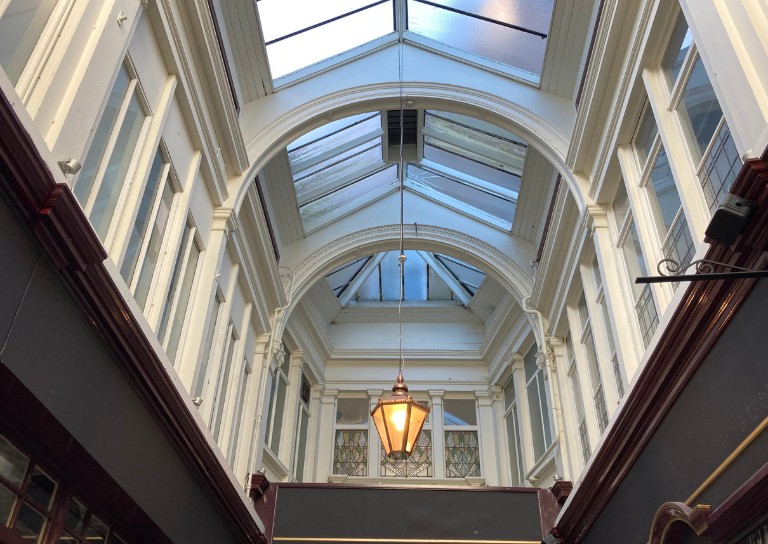
- Retrofitting Traditional Buildings: Fabric First
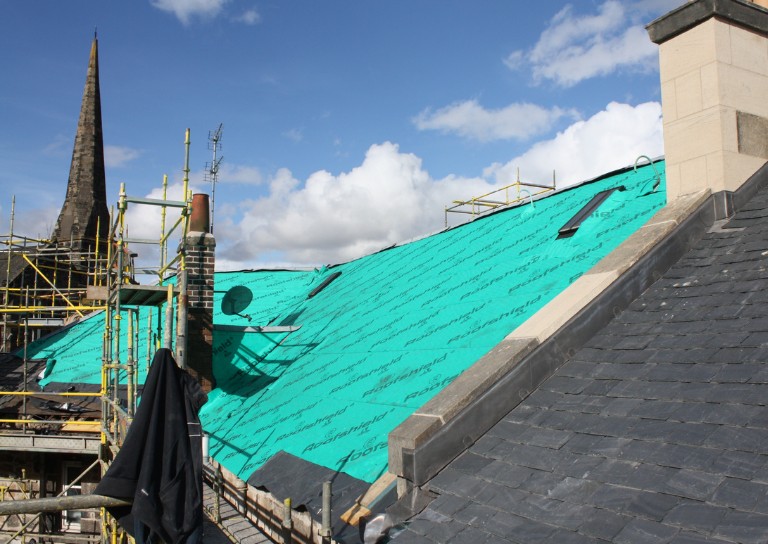
- Stirling Reminiscence Box
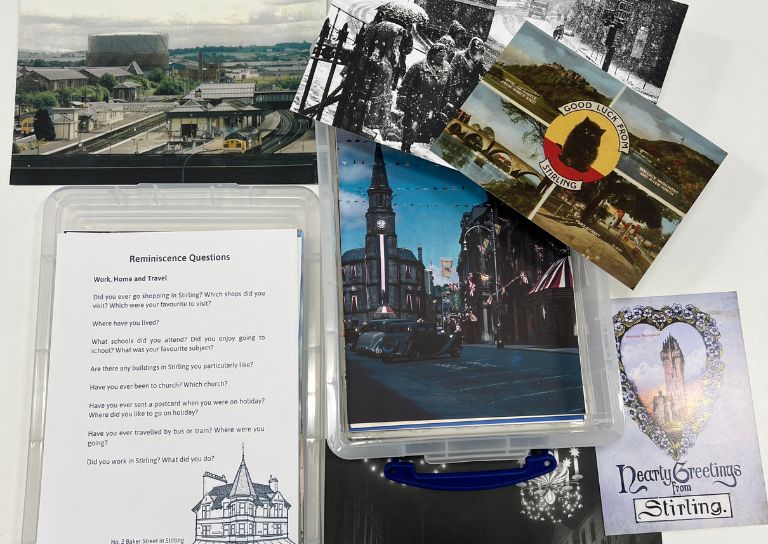
- Level 3 Award in Energy Efficiency for Older and Traditional Buildings Retrofit Course (2 Day)
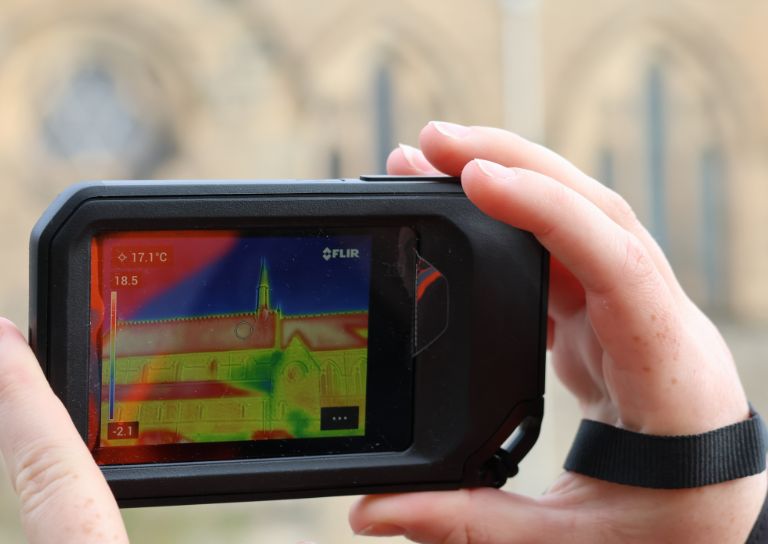
- New Retrofit Service now available for Traditional Buildings Health Check Members

- Retrofitting Traditional Buildings: Windows
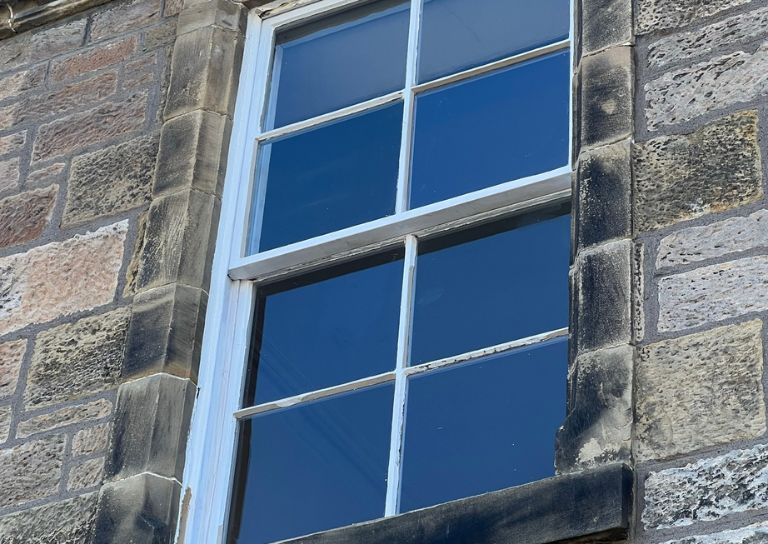
- Architects and The Thistle Property Trust

- Retrofitting Traditional Buildings: Insulation
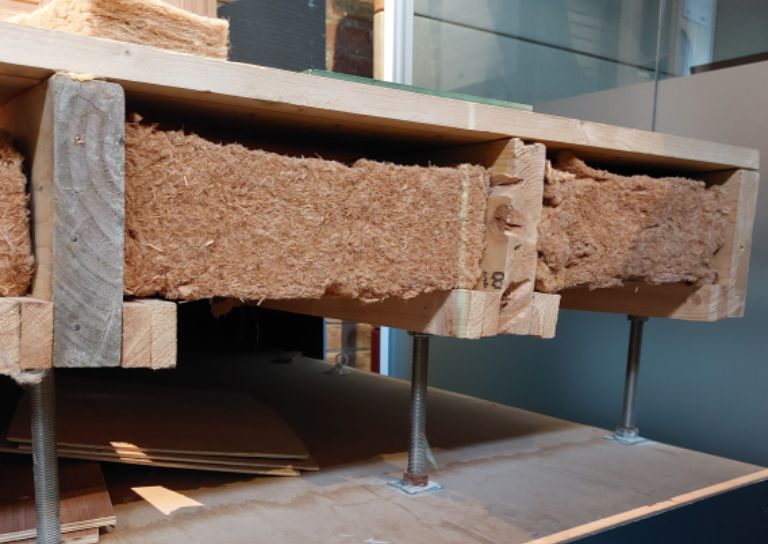
- Stirling City Heritage Trust at 20
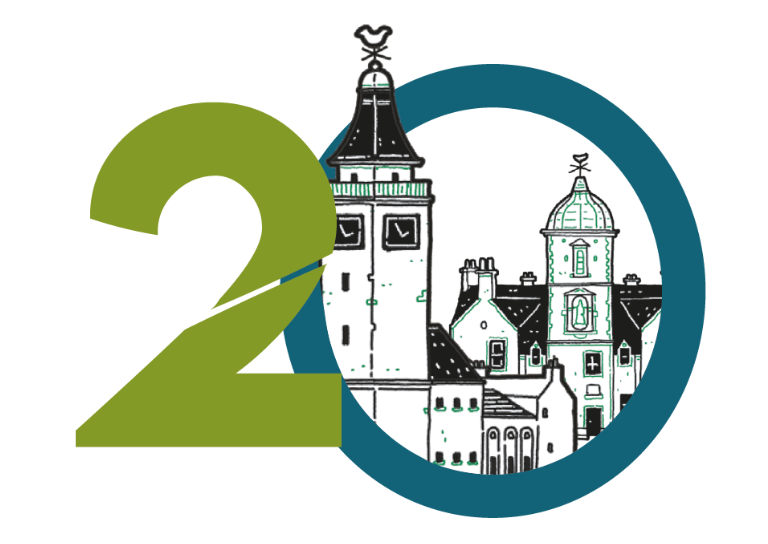
- Miss Curror and the Thistle Property Trust
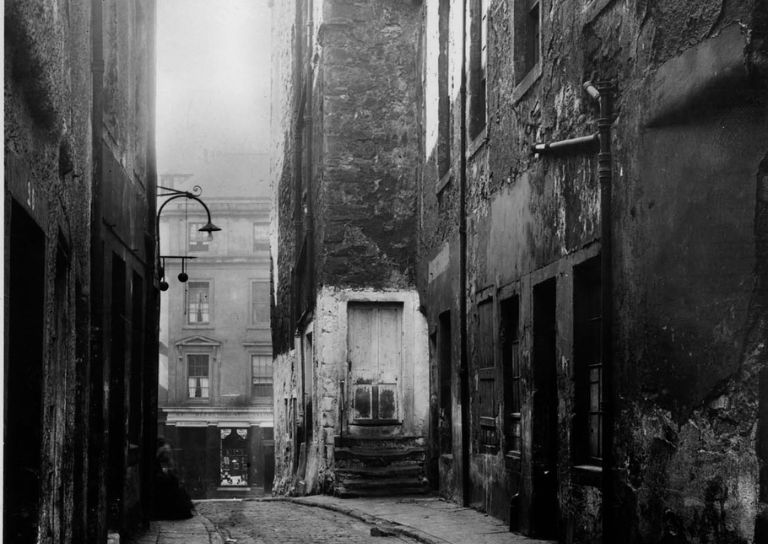
- Retrofitting Traditional Buildings: Chimneys
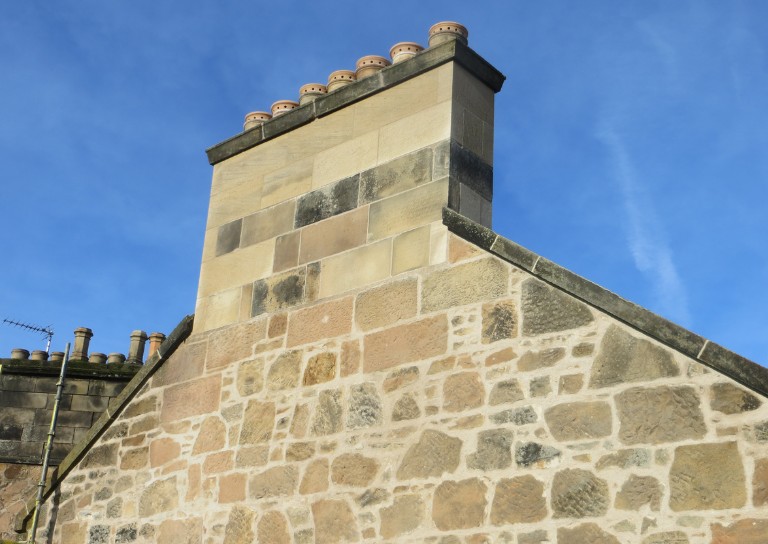
- Statement on Langgarth House

- World Heritage Day: Exploring Hayford Mill
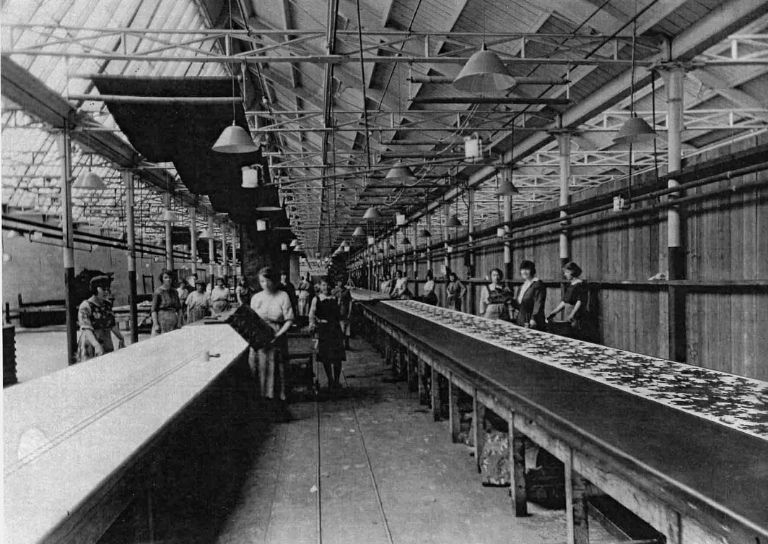
- Retrofitting Traditional Buildings: Climatic Adaptation
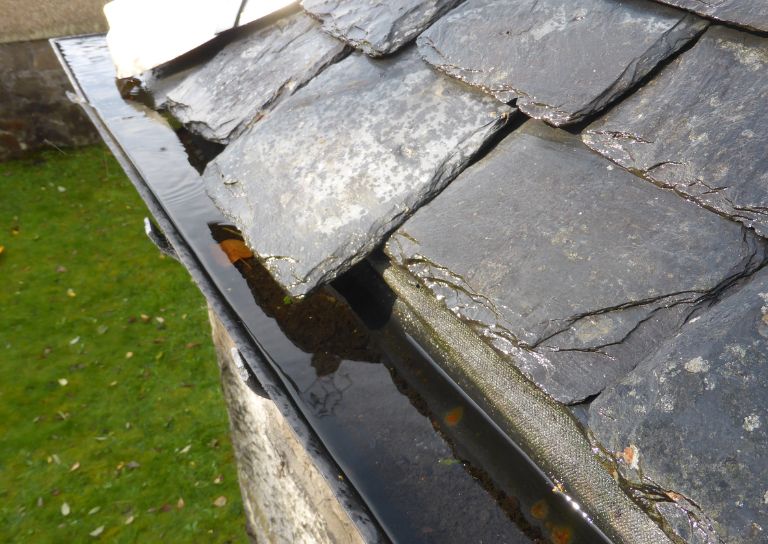
- SCHT 20: Championing Women in Construction
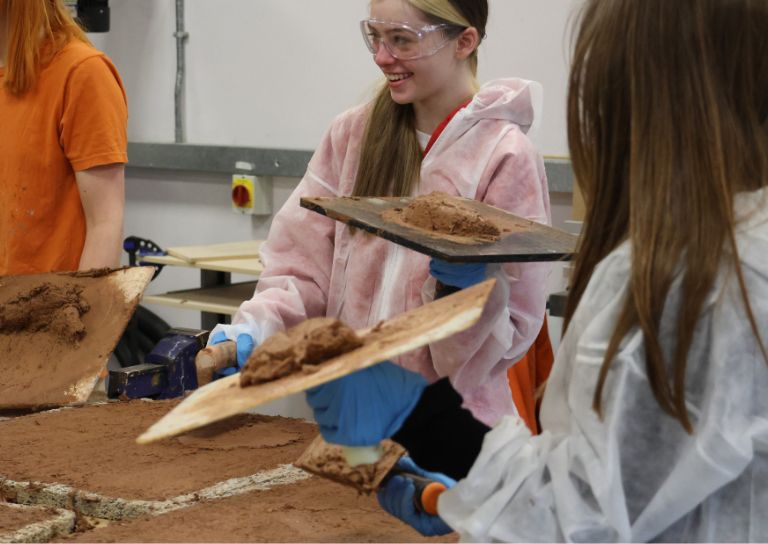
- Guest Blog: Dementia Friendly Heritage Interpretation

- Community Consultation launched for Stirling’s Heritage Strategy
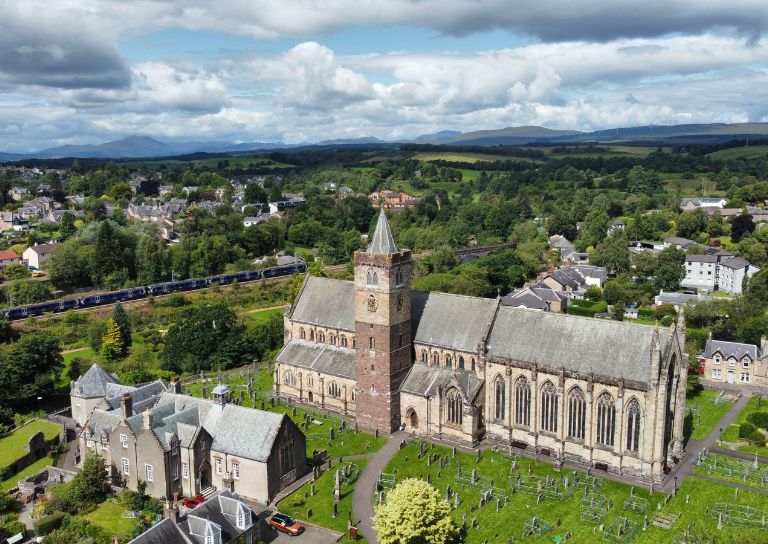
- Stirling's Lost Swimming Pools
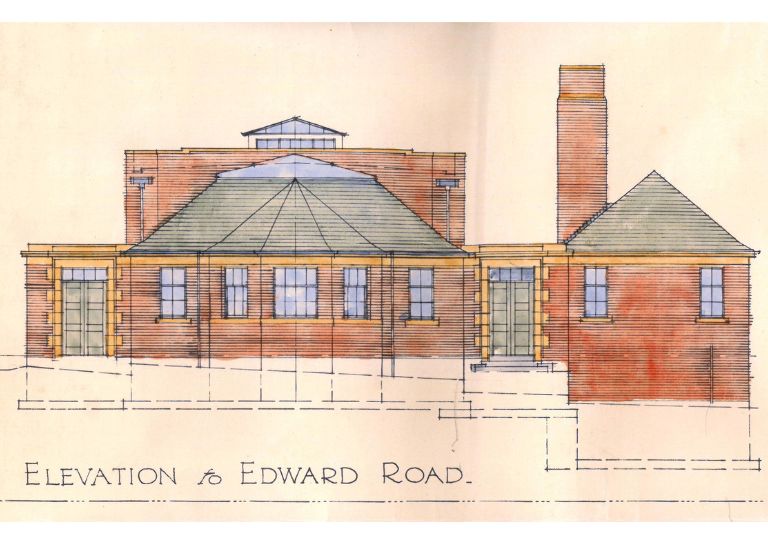
- SCHT Grant Conditions: Owners Associations
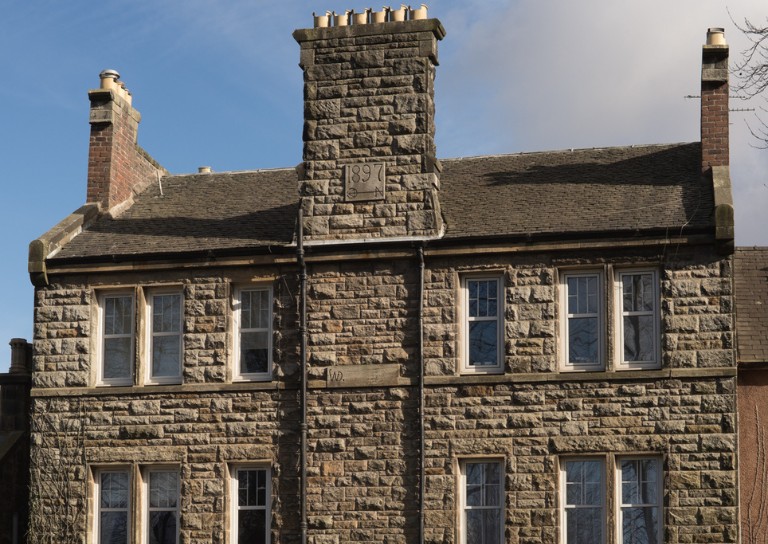
- Kings, Wolves and Drones: 20 years of care and repair at Stirling City Heritage Trust

- SVE Inspire Awards September 2024

- Women in Construction at Bannockburn House
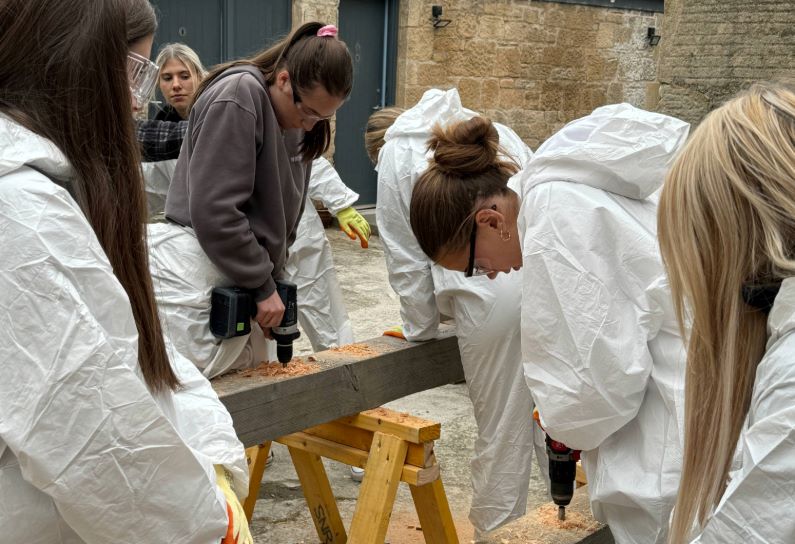
- Stirling Business Awards 2025

- Practical Workshop on Retrofitting Insulation with A. Proctor Group
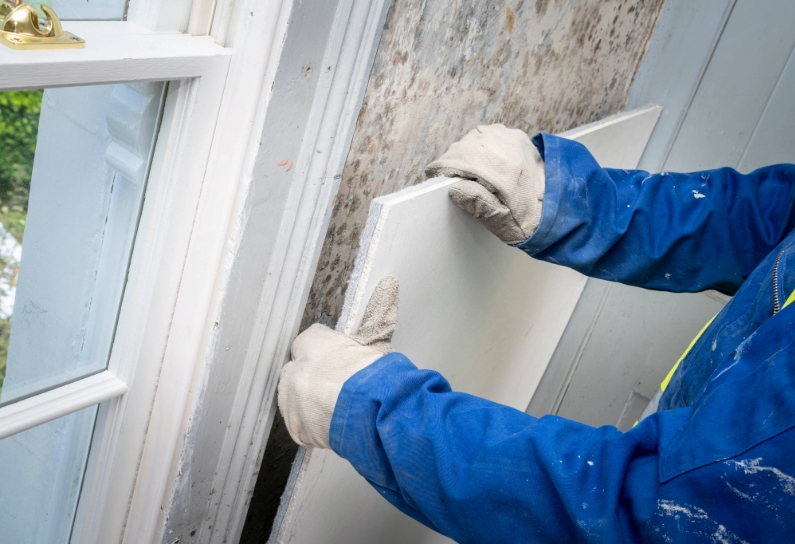
- Avenues to the Past: Stirling’s Historic Streets Exhibition
- About Us
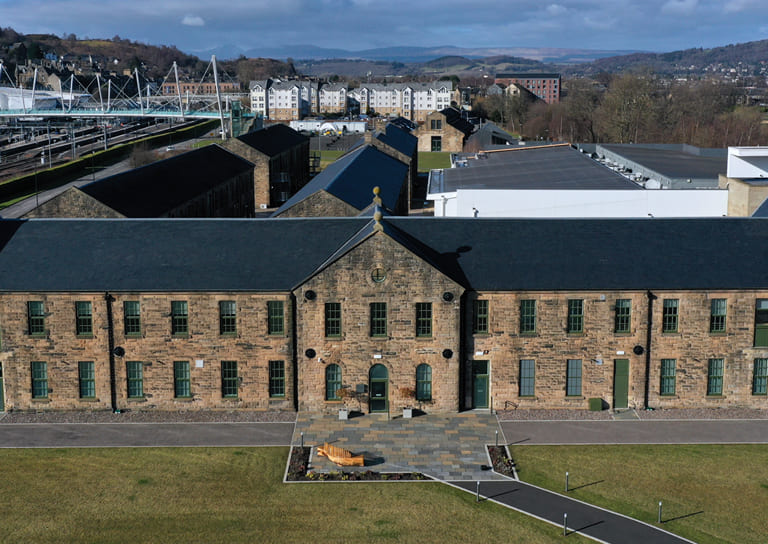
- Support Us
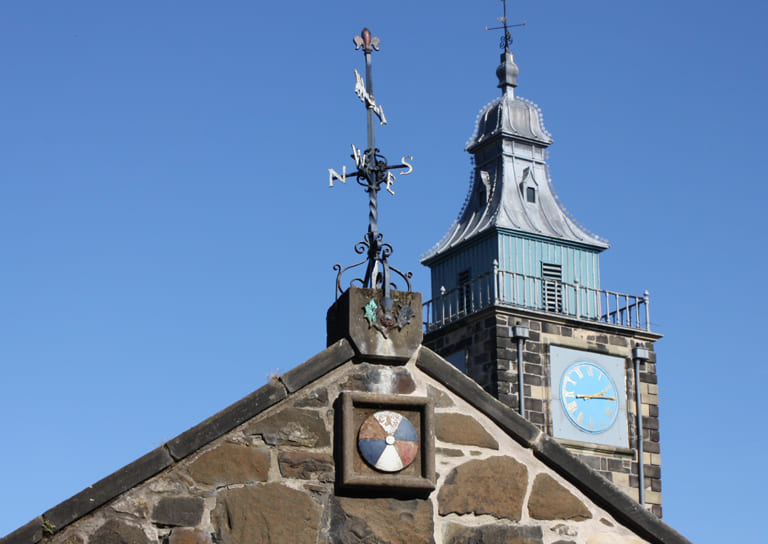
- Contact
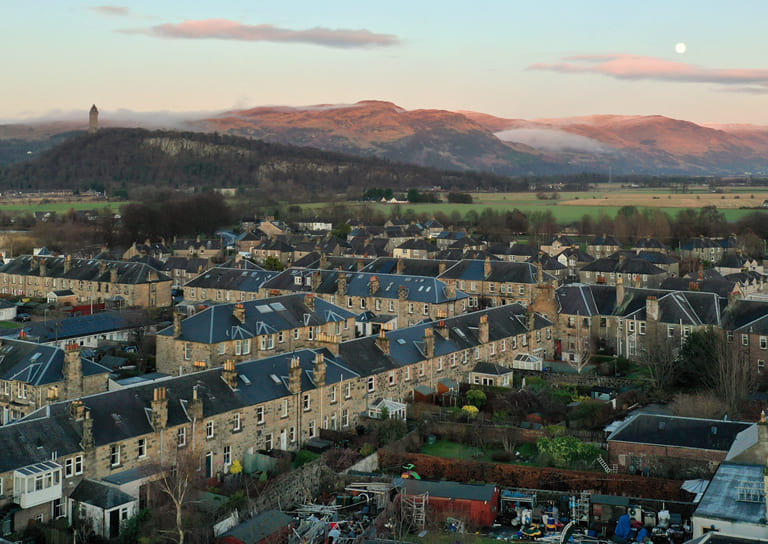
The Kings Knot – a history

The eagle-eyed amongst you may have noticed that Stirling City Heritage Trust’s blue and green logo is a representation of the Kings Knot, a Stirling city landmark. You are probably familiar with the landscaped area beneath Stirling Castle called the Kings Knot, known locally as the cup-and-saucer, it’s a popular spot with locals, dog-walkers, and tourists alike, but do you know the history behind these geometric earthworks or why Stirling City Heritage Trust was established?
Stirling’s Royal Park was established by William the Lion in the 12th century. The Kings Knot was a central part of Stirling Castle’s Royal Park, and to really appreciate how special it is, it should be viewed from above. From the charmingly named Ladies Lookout in Stirling Castle (or via a satellite map image) you can more fully appreciate the scale and importance of this feature in the landscape, constructed for Charles I in 1627-9. Before that, in the 1490s, James IV had filled the Royal Park with fruit trees, flowers, ornamental hedges and fish ponds. The Park was designed to be admired from the Castle, as well as wandered through by members of the Scottish court. The King’s Knot is covered in grass now, but it was originally an ornamental garden, similar to those found in the grounds of romantic chateaux in France. Its purpose was to enchant and impress visitors to the Castle; emphasising the wealth and status of the Stuart kings, proof that they were just as powerful and cultured as other European monarchs.
King’s Park is now home to charming sandstone villas and buildings like The Stirling Smith Art Gallery & Museum, but it was once parkland, owned by the crown and used by the monarch and the members of their court for sports and leisure activities including hawking and deer hunting. Up on the castle esplanade, an area now used as a carpark and event space, jousting tournaments were held. More everyday buildings sat near the King’s Knot too, such as laundries and brew houses, which kept the people living and working in the bustling Castle fed and clothed.
In 1603 when King James was crowned I of England and VI of Scotland, the court moved permanently to London. The Castle and Park began to fall into disrepair, until Charles I made a short visit in 1633 after his coronation, and refurbishments were ordered to tidy the place up before he arrived. Later, in 1867, the Kings Knot was restored to its current form by notorious fan of all things Scottish, Queen Victoria.
Fast-forward to 2004, when Historic Environment Scotland established the Stirling City Heritage Trust (SCHT). We are one of seven city heritage trust’s across Scotland who all work together with local authorities and other stakeholders to promote the heritage and care of the built environment in our cities. So, when SCHT needed a logo that represented Stirling’s heritage, the Kings Knot fitted the bill perfectly. It’s a well-known local landmark which reminds visitors of the city’s ancient history.
With thanks to The Stirling Smith Art Gallery & Museum for allowing us to share these great images from their collection.
Interested to find out more?
The Stirling Local History Society have information about a project which SCHT helped to fund, looking at the archaeology of the site. King’s Knot Survey – Stirling Local History Society (stirling-lhs.org)
Historic Environment Scotland have wonderful aerial images on their Canmore website: Stirling, King’s Knot | Canmore
King’s Park and the Royal Park are both in Conservation Areas which protect the important heritage of this part of the city.


